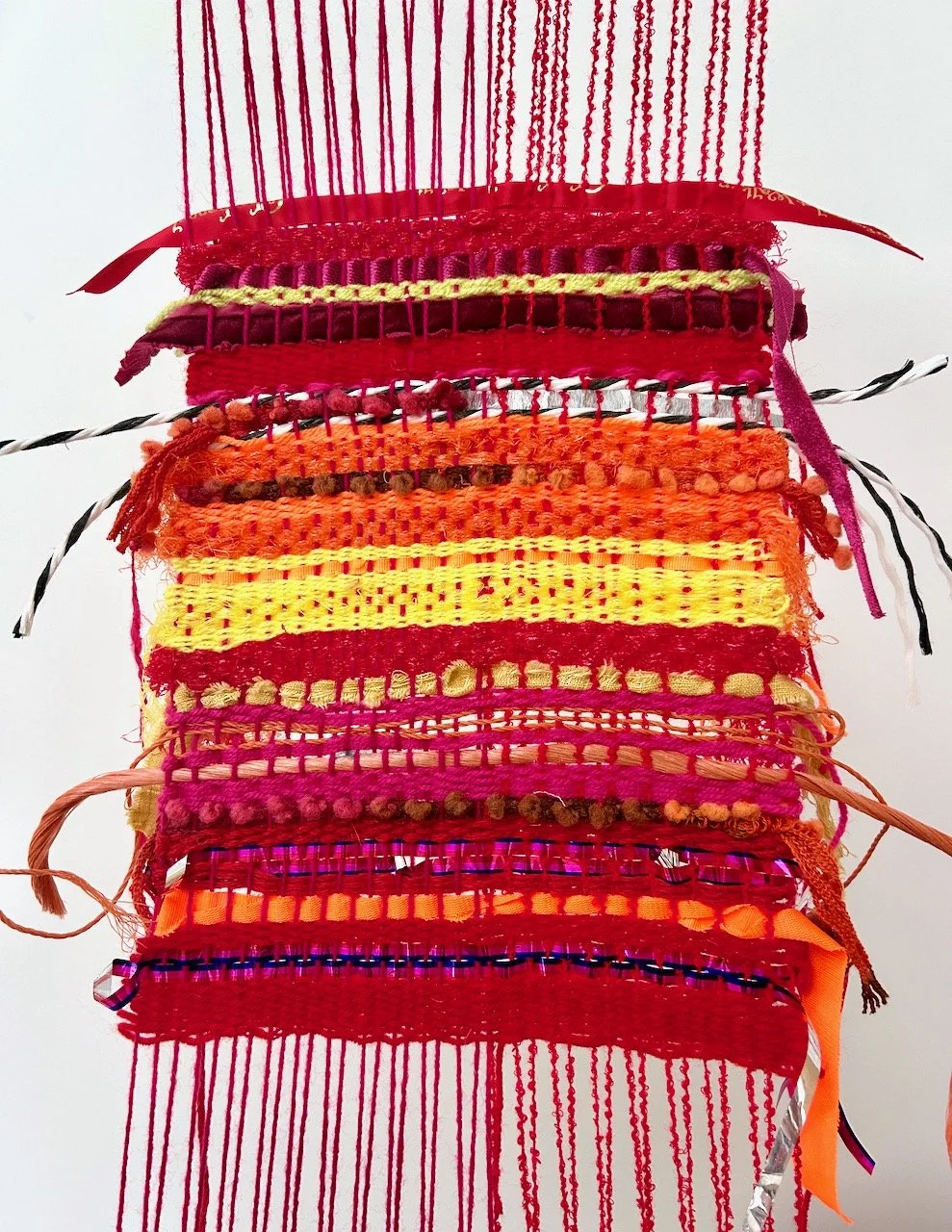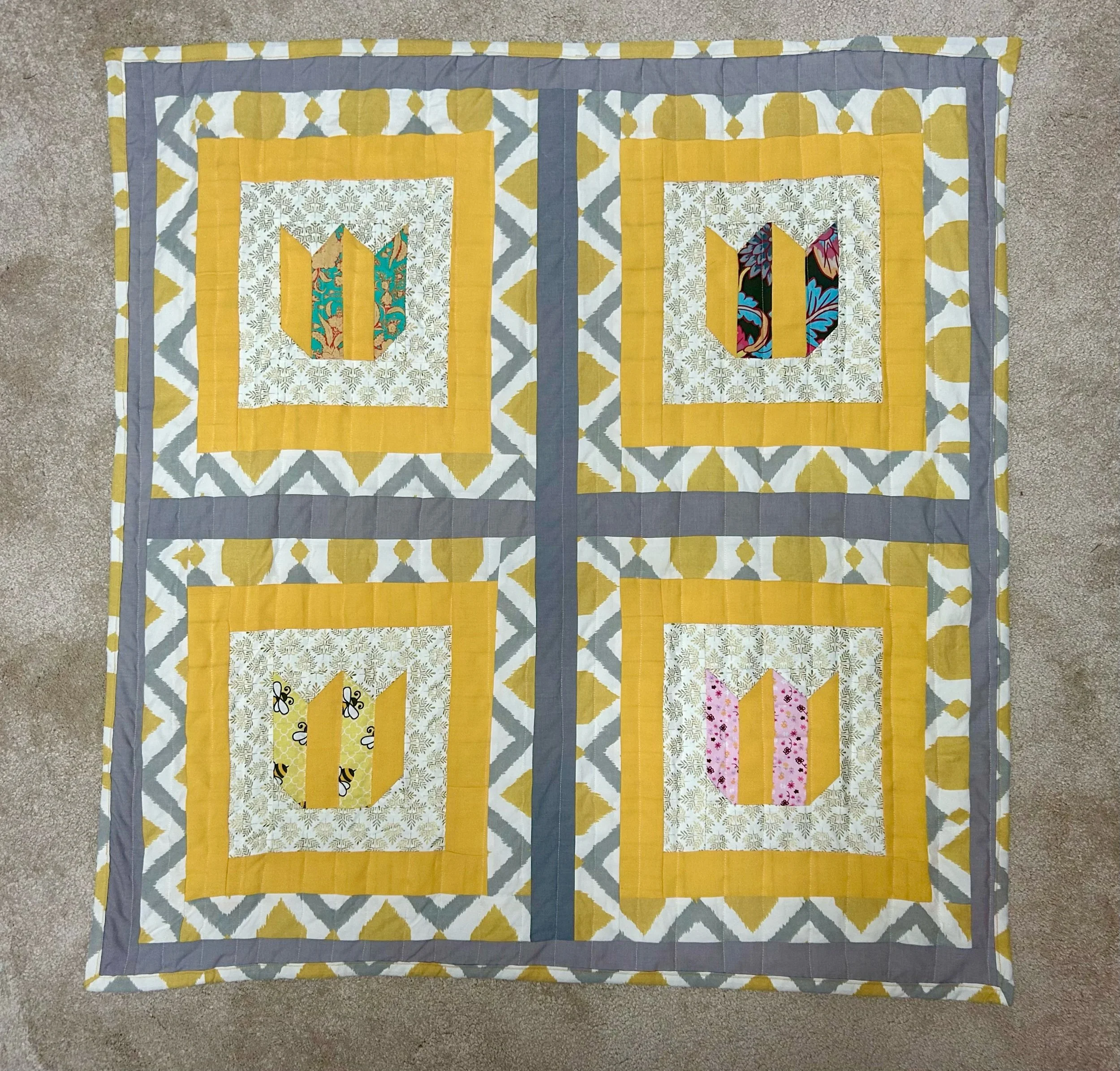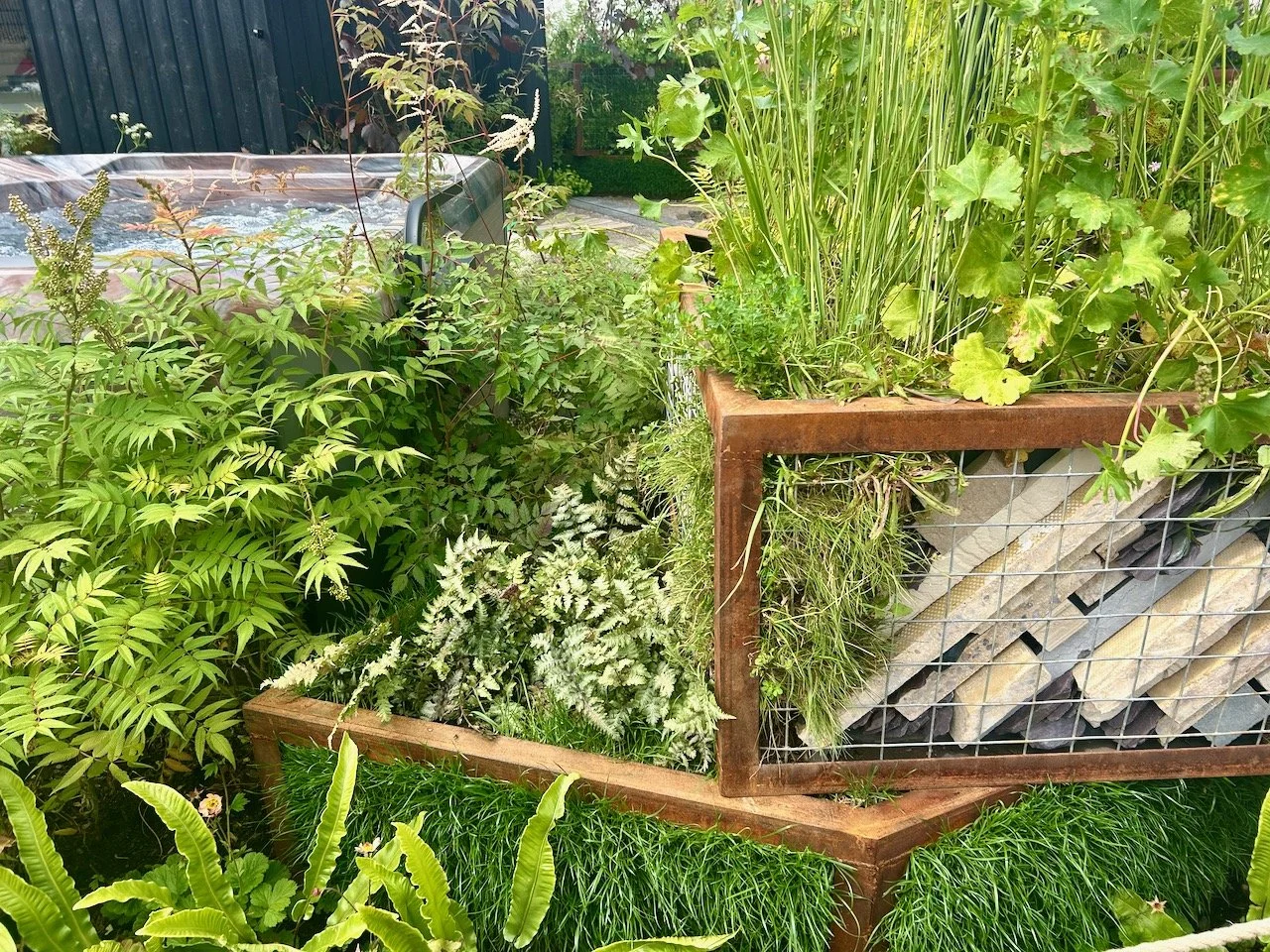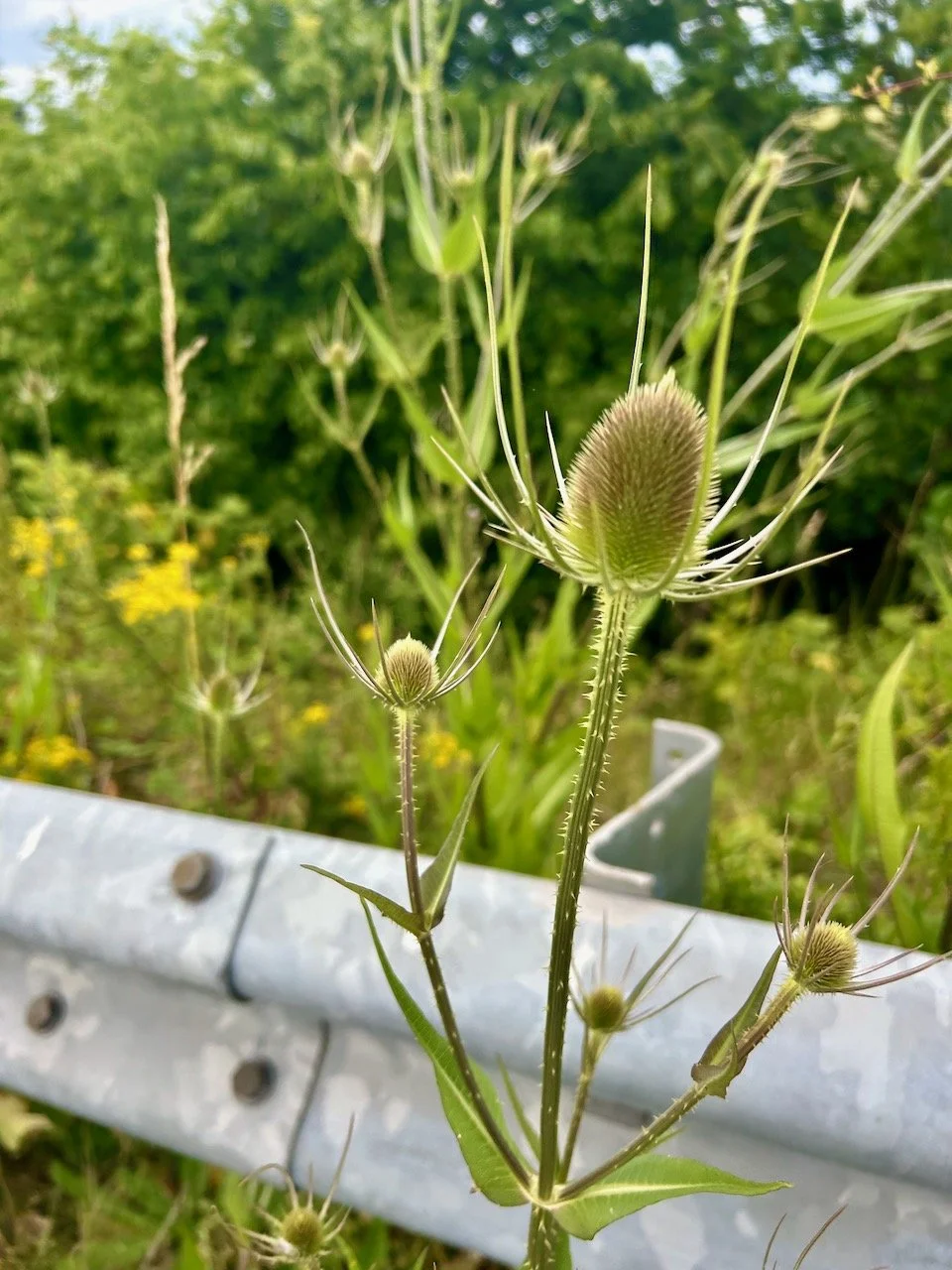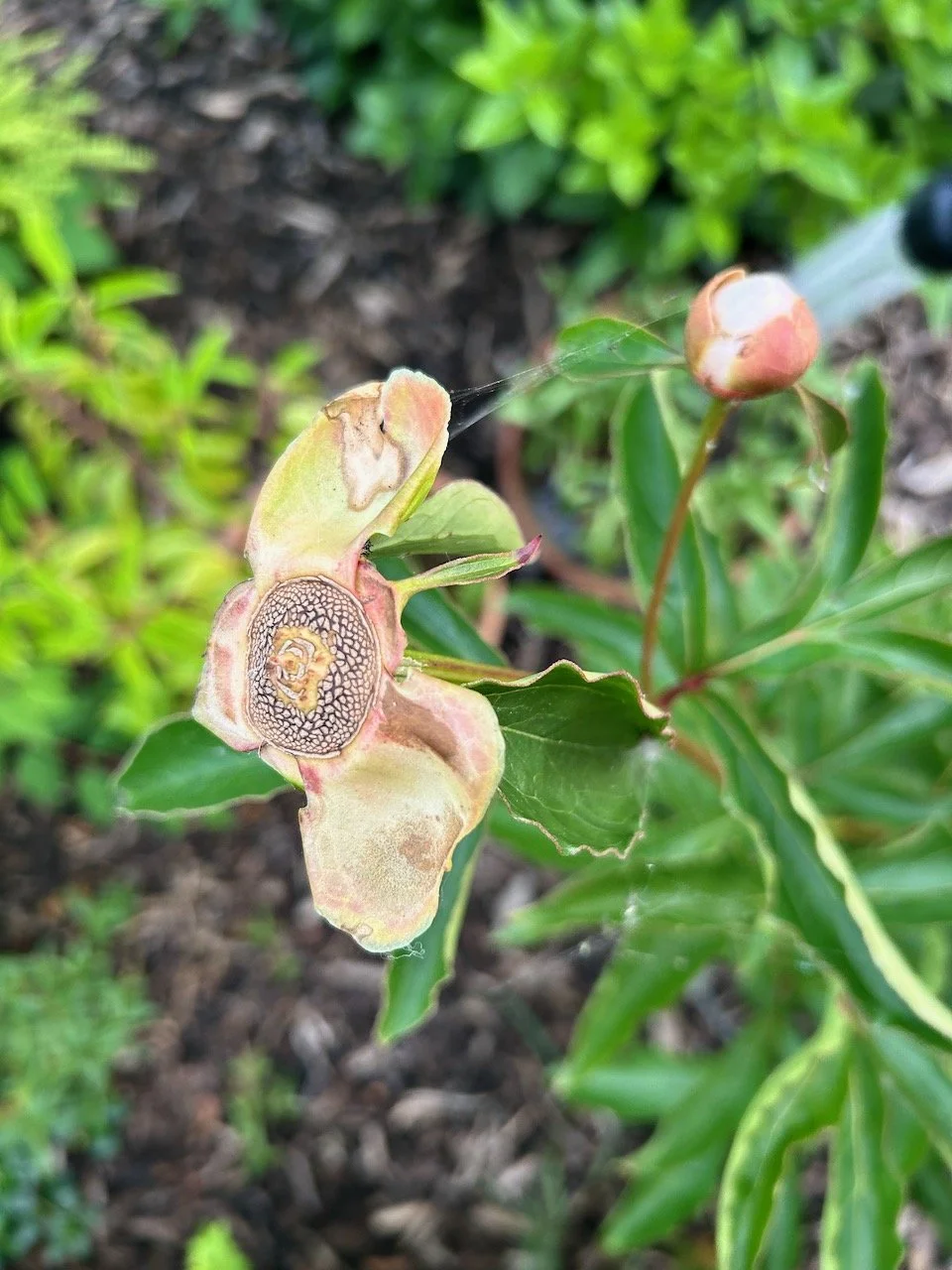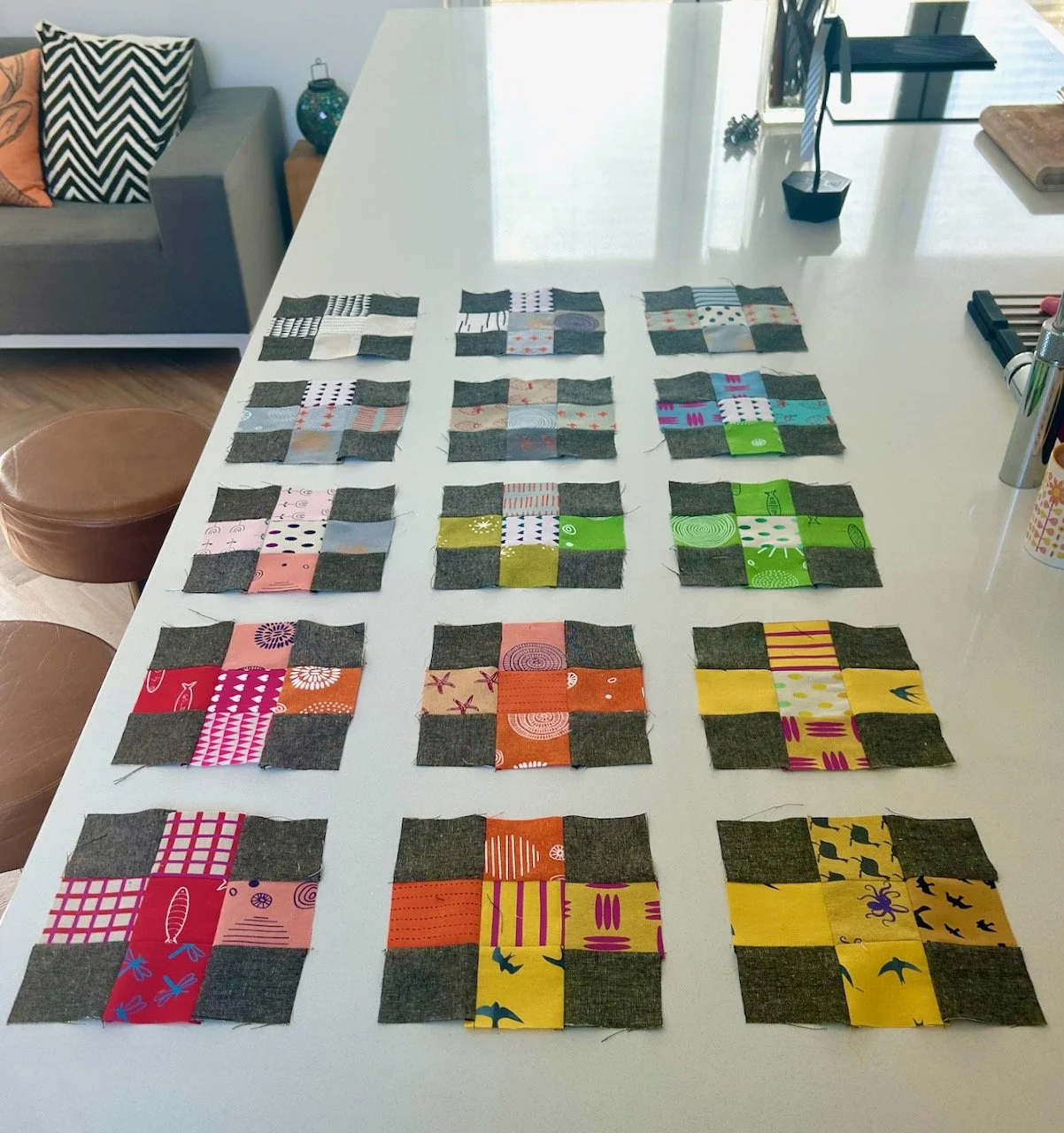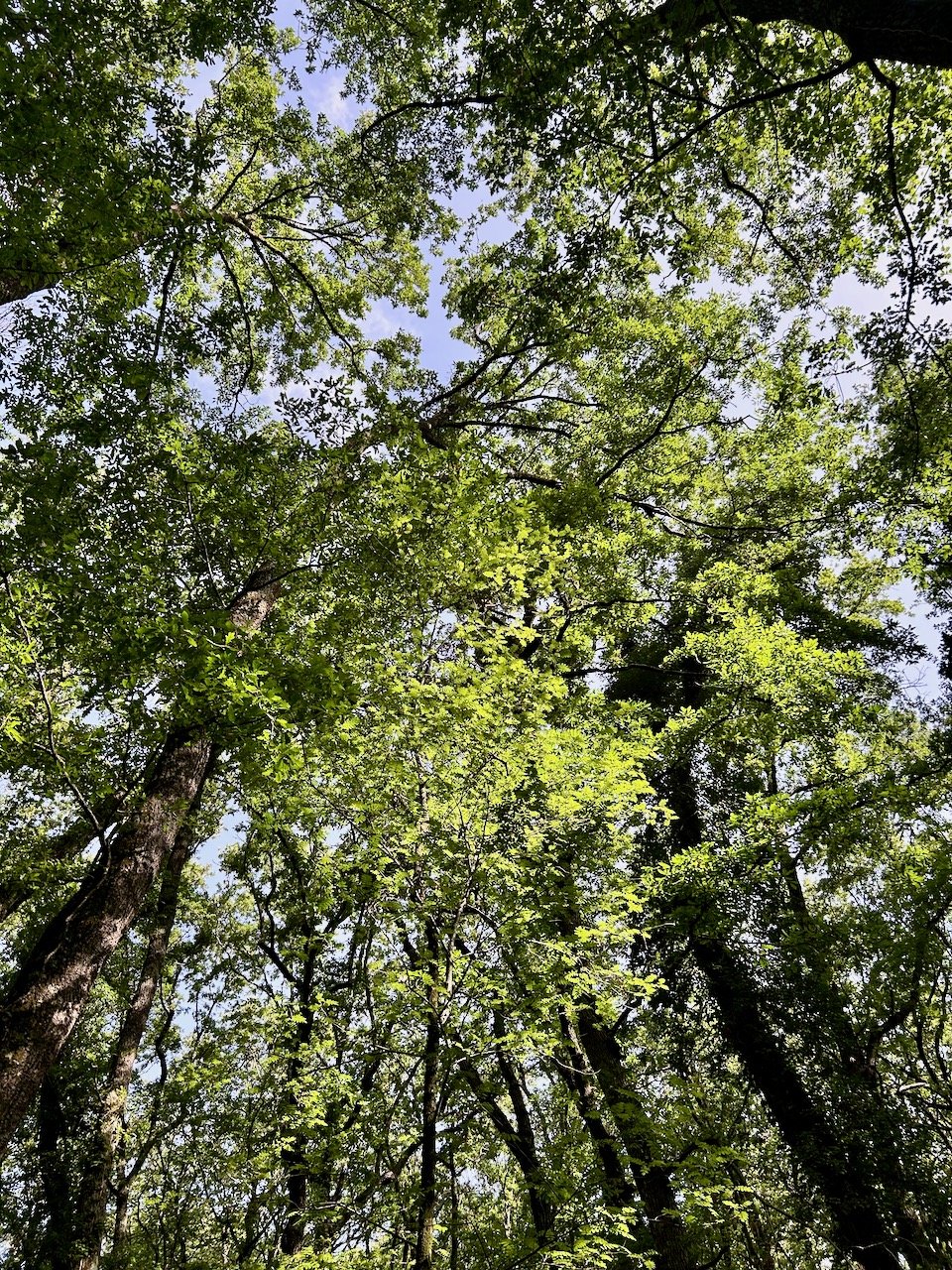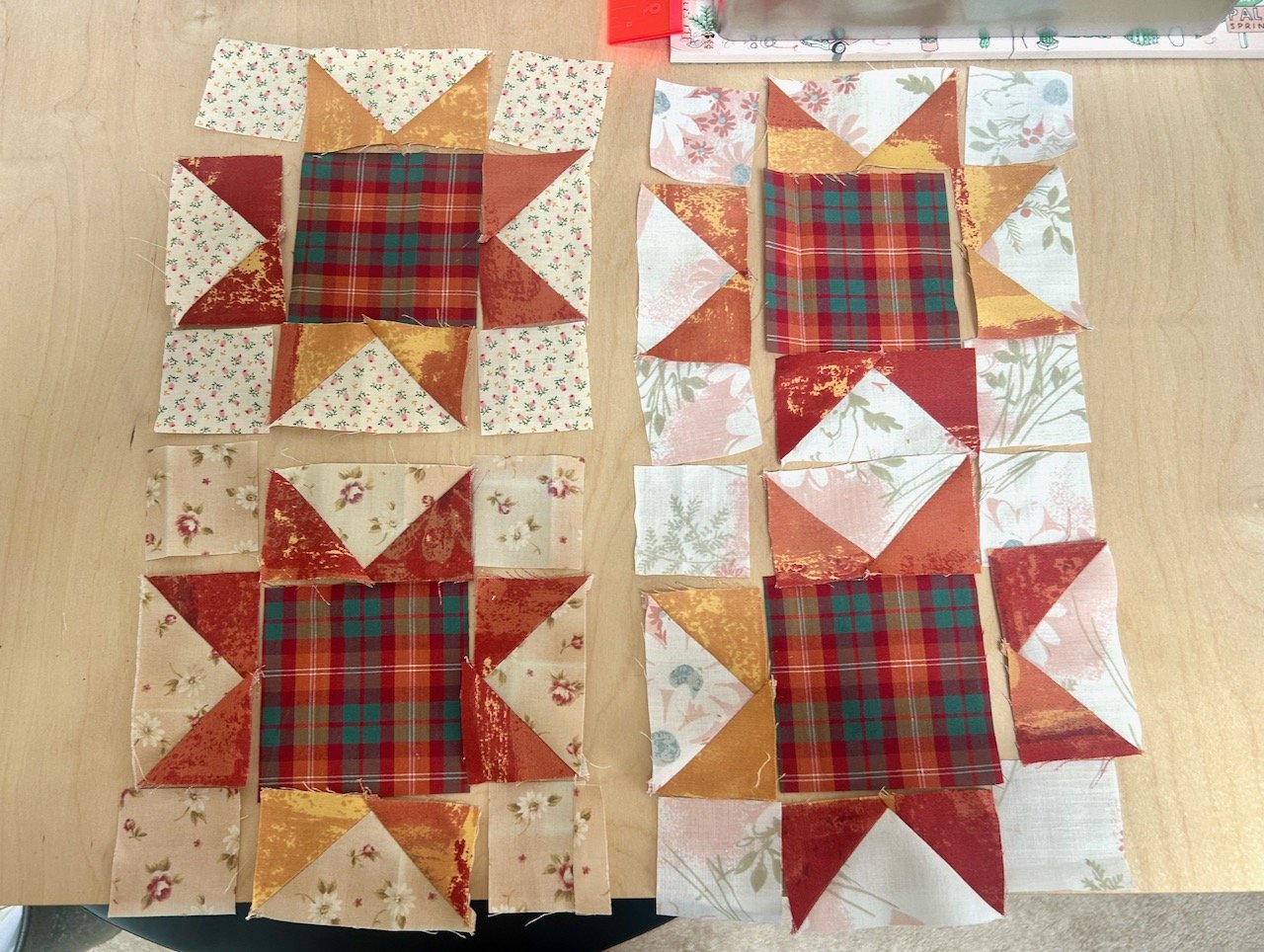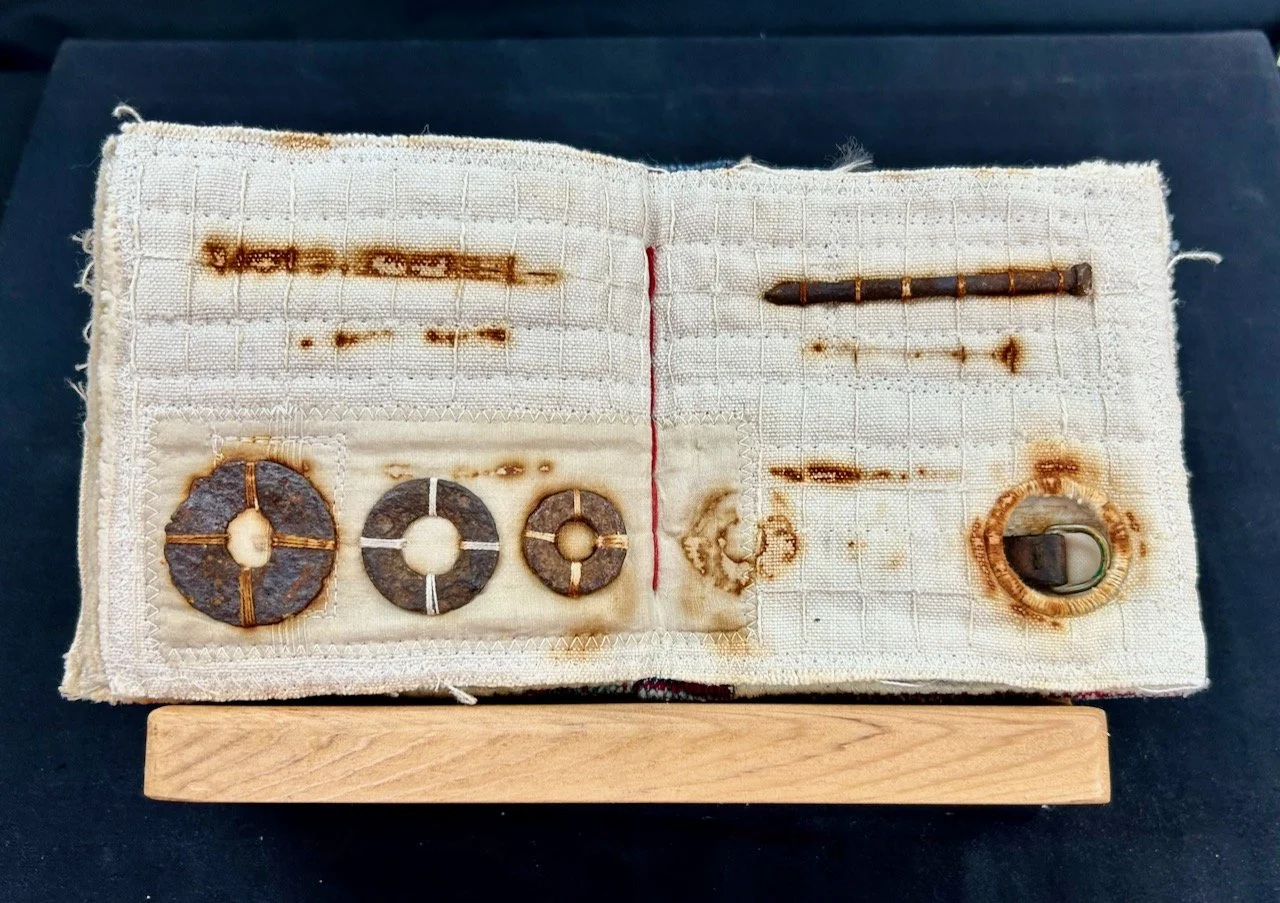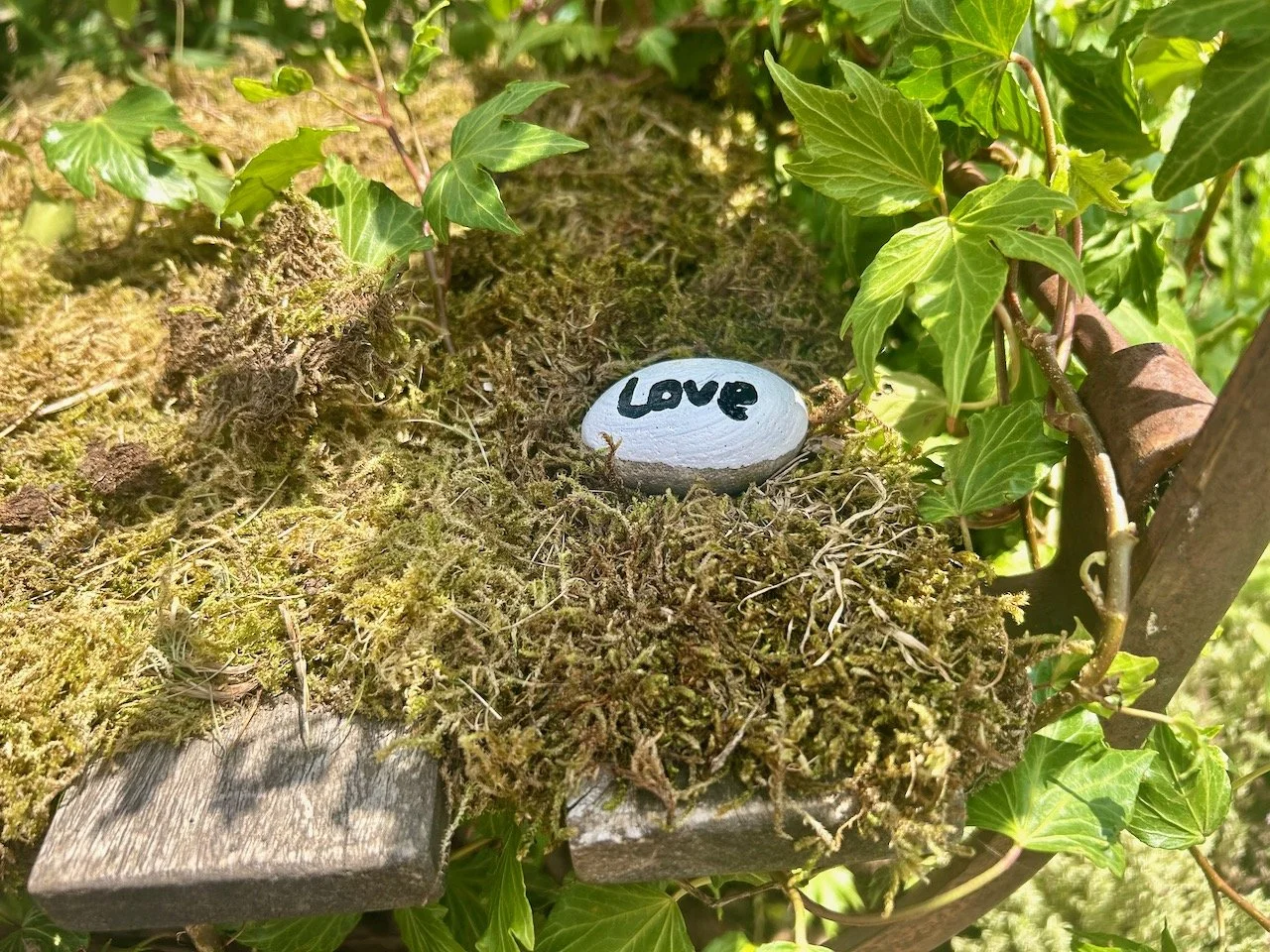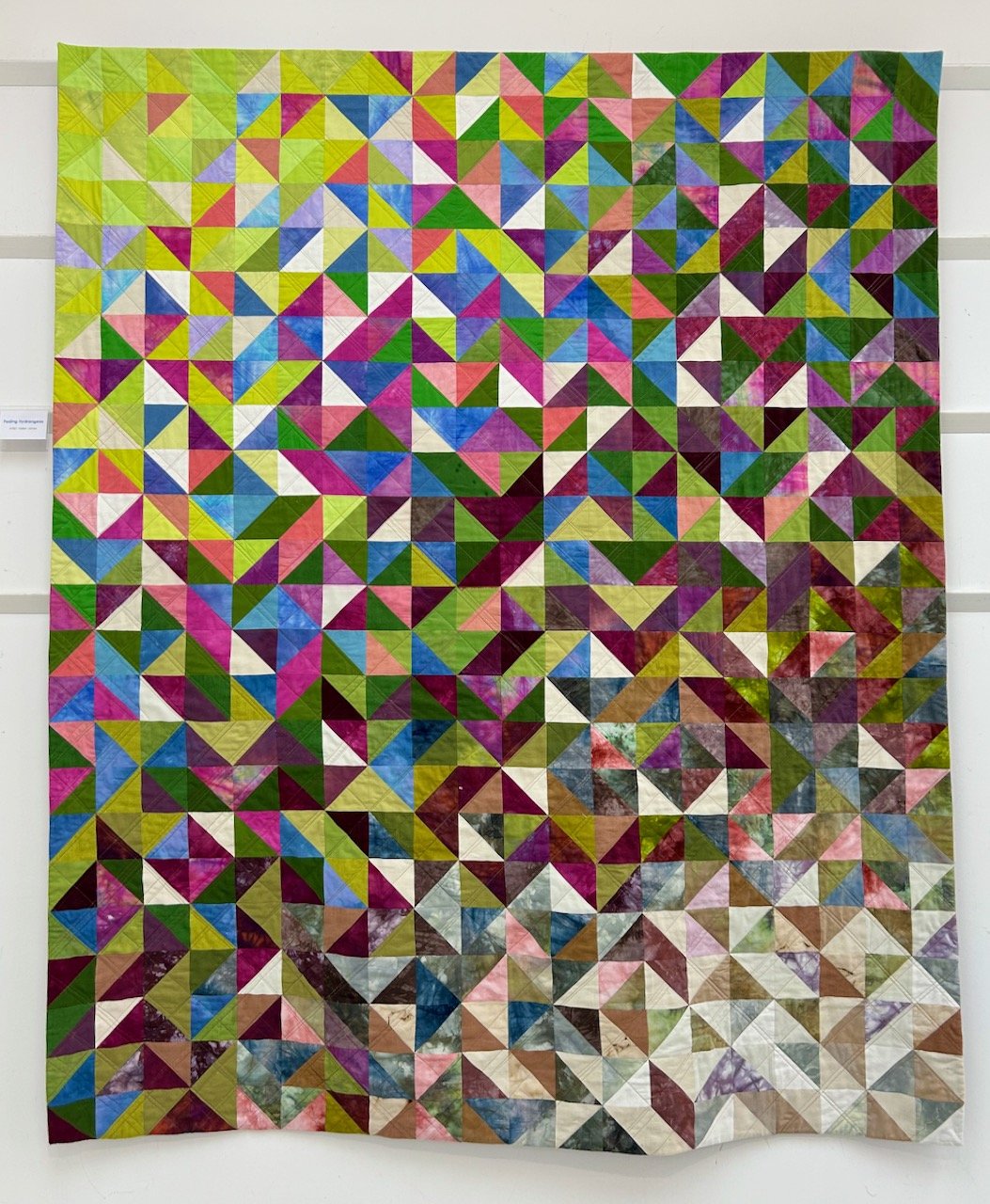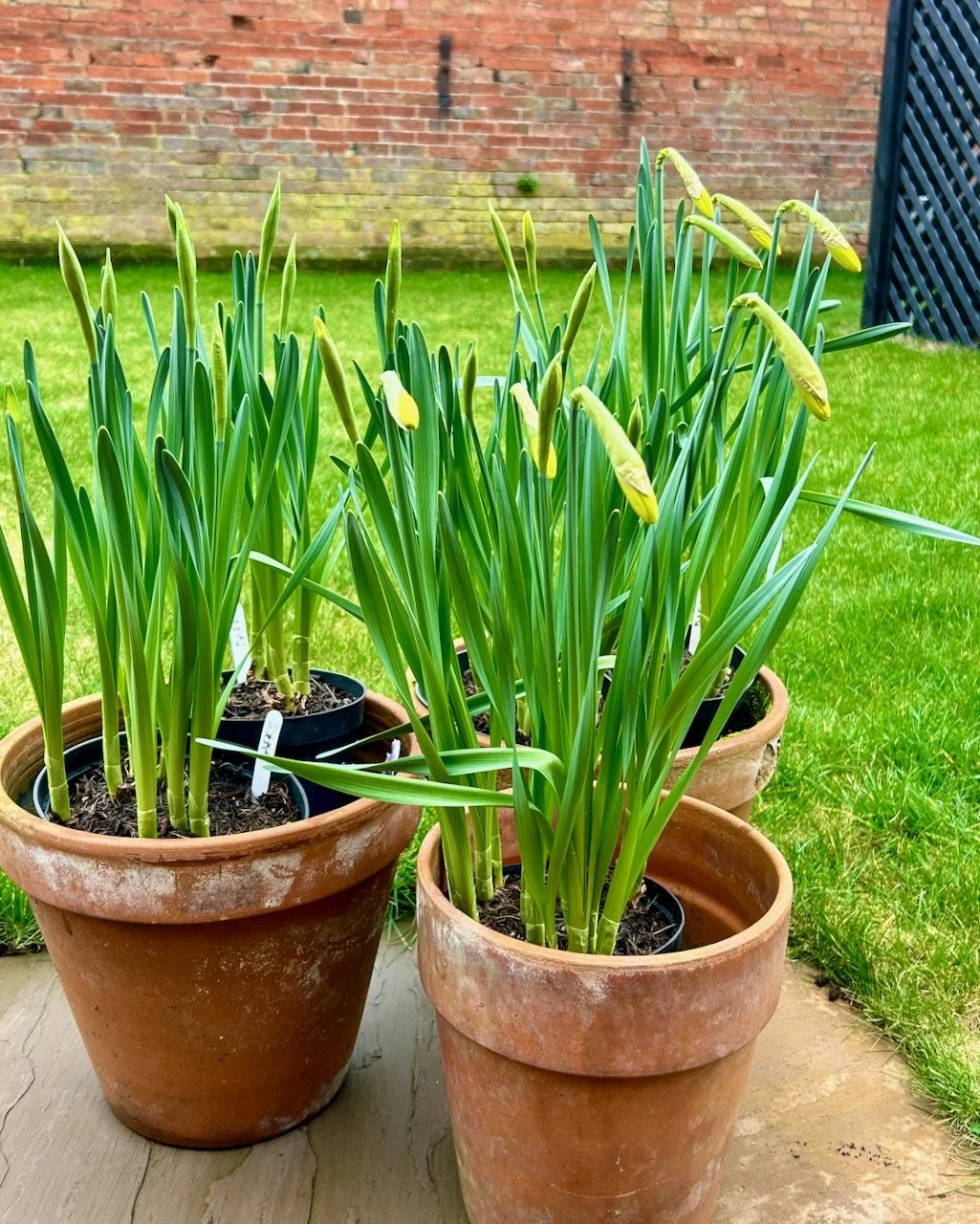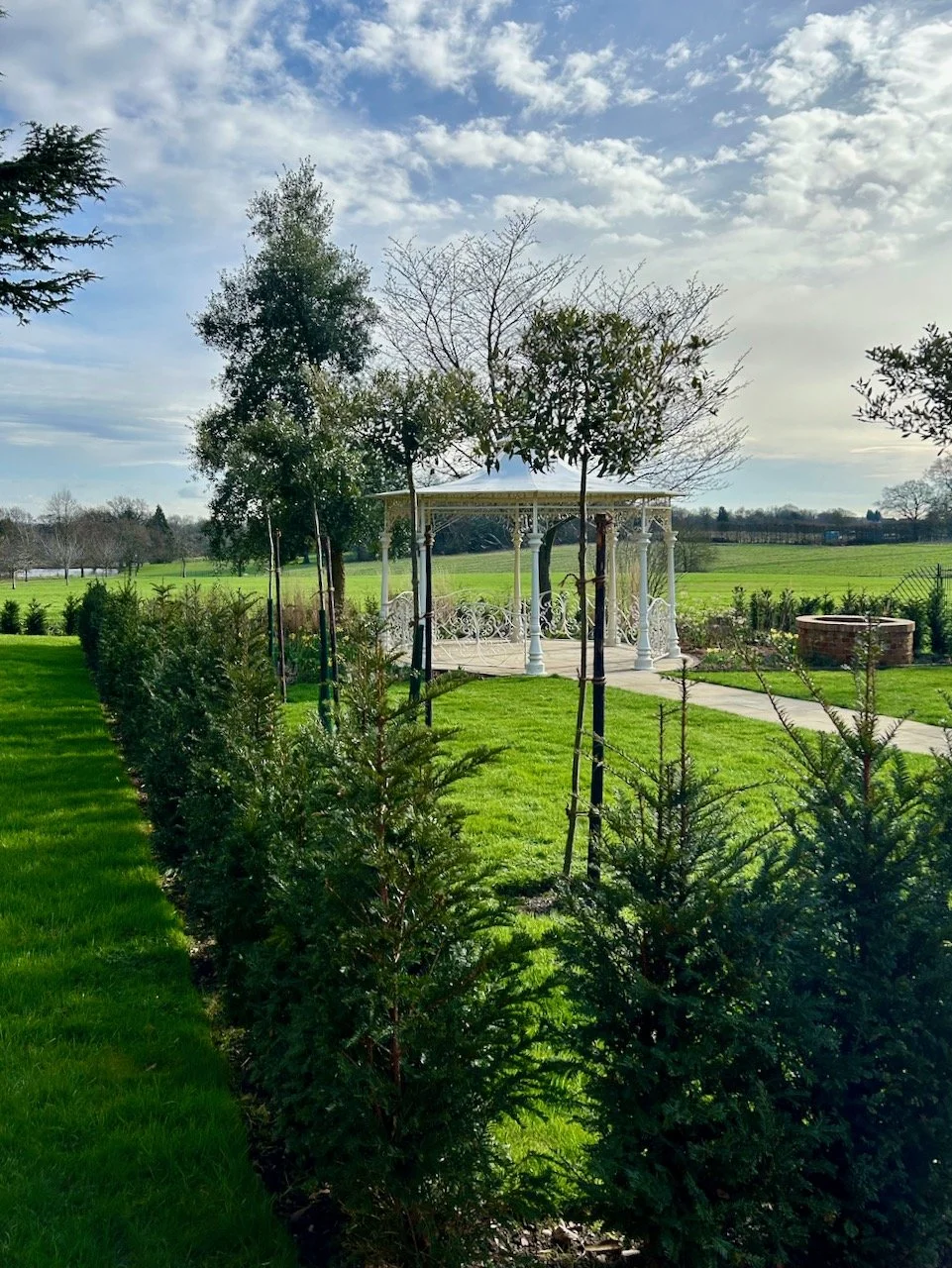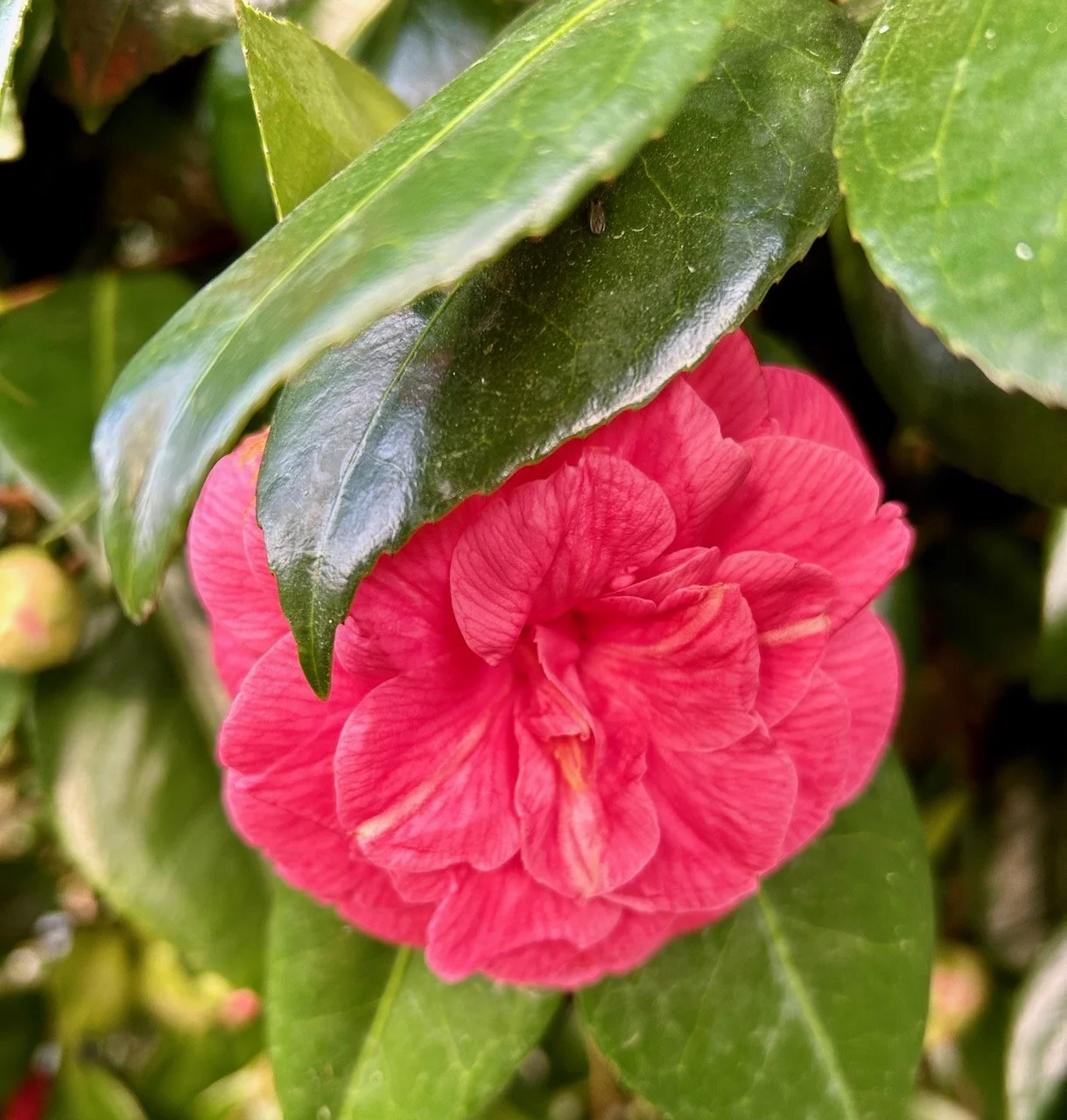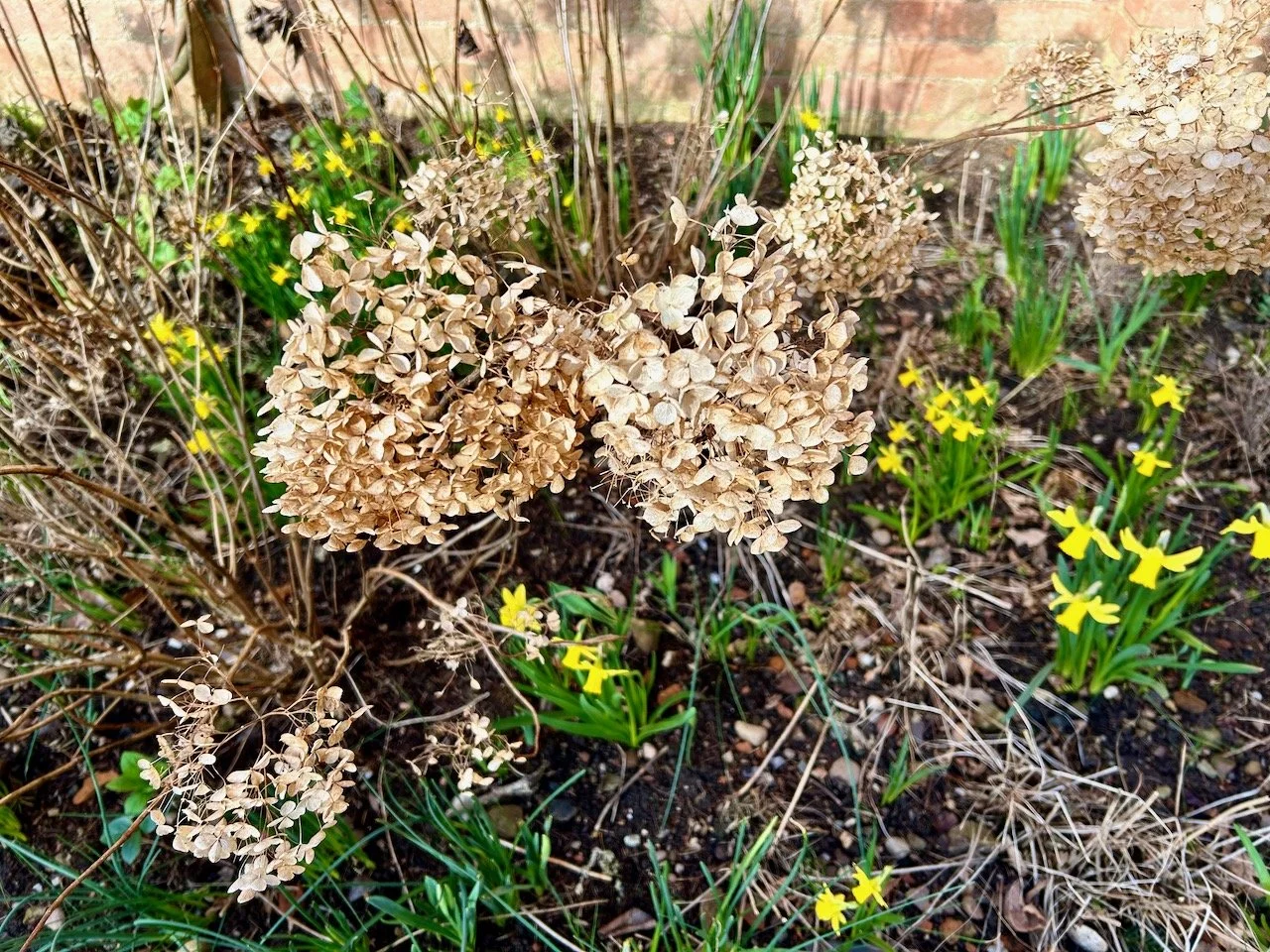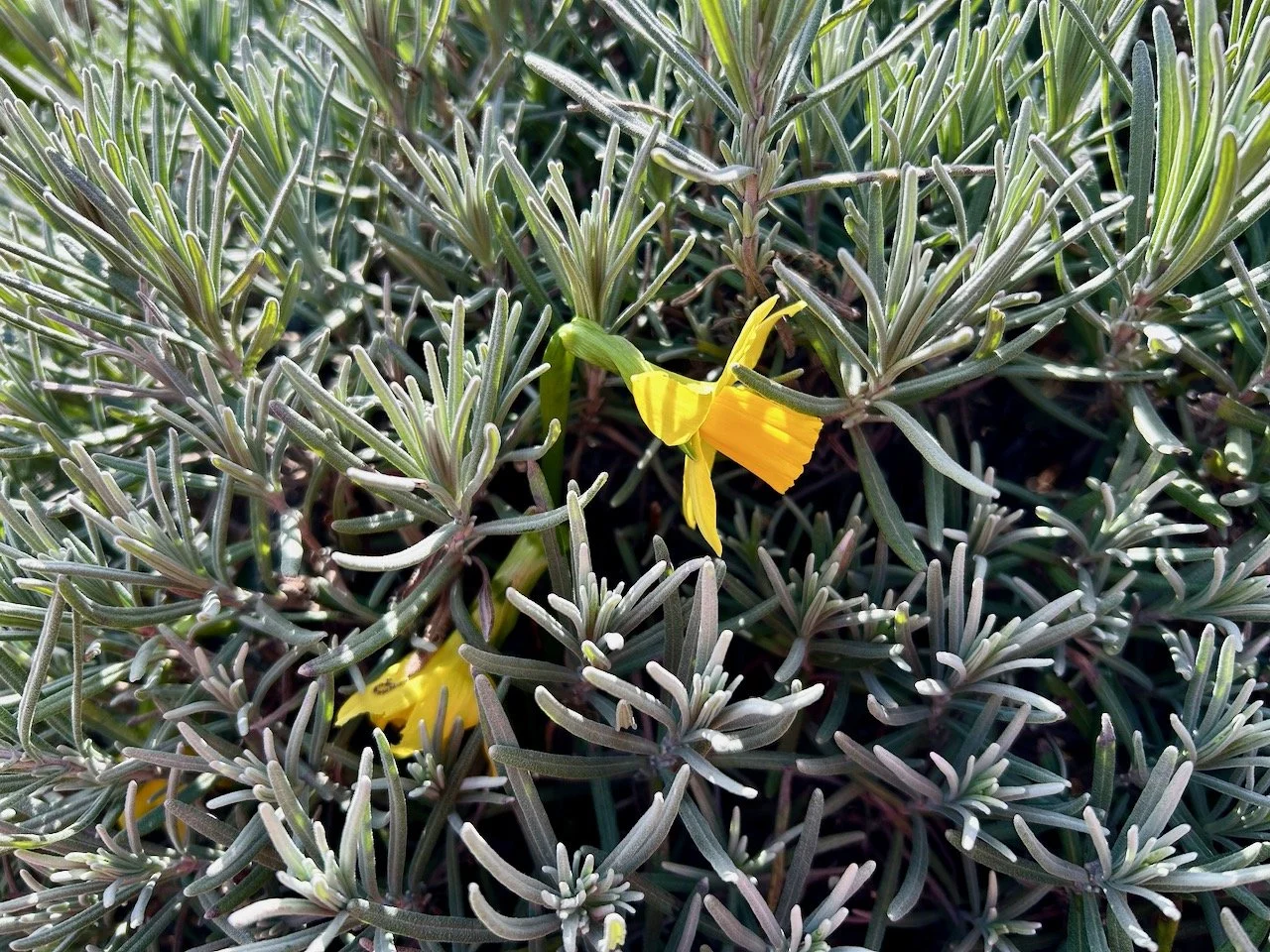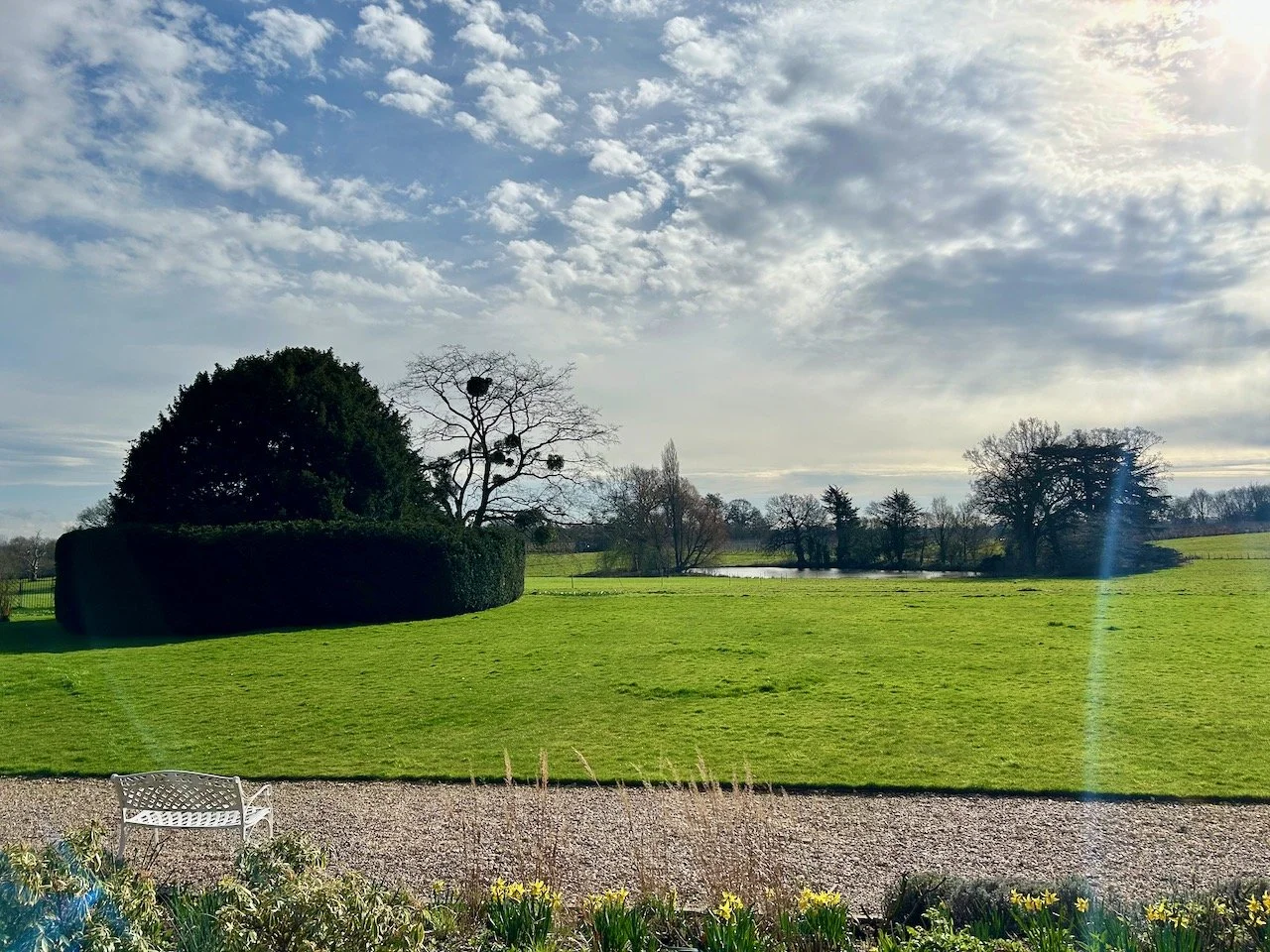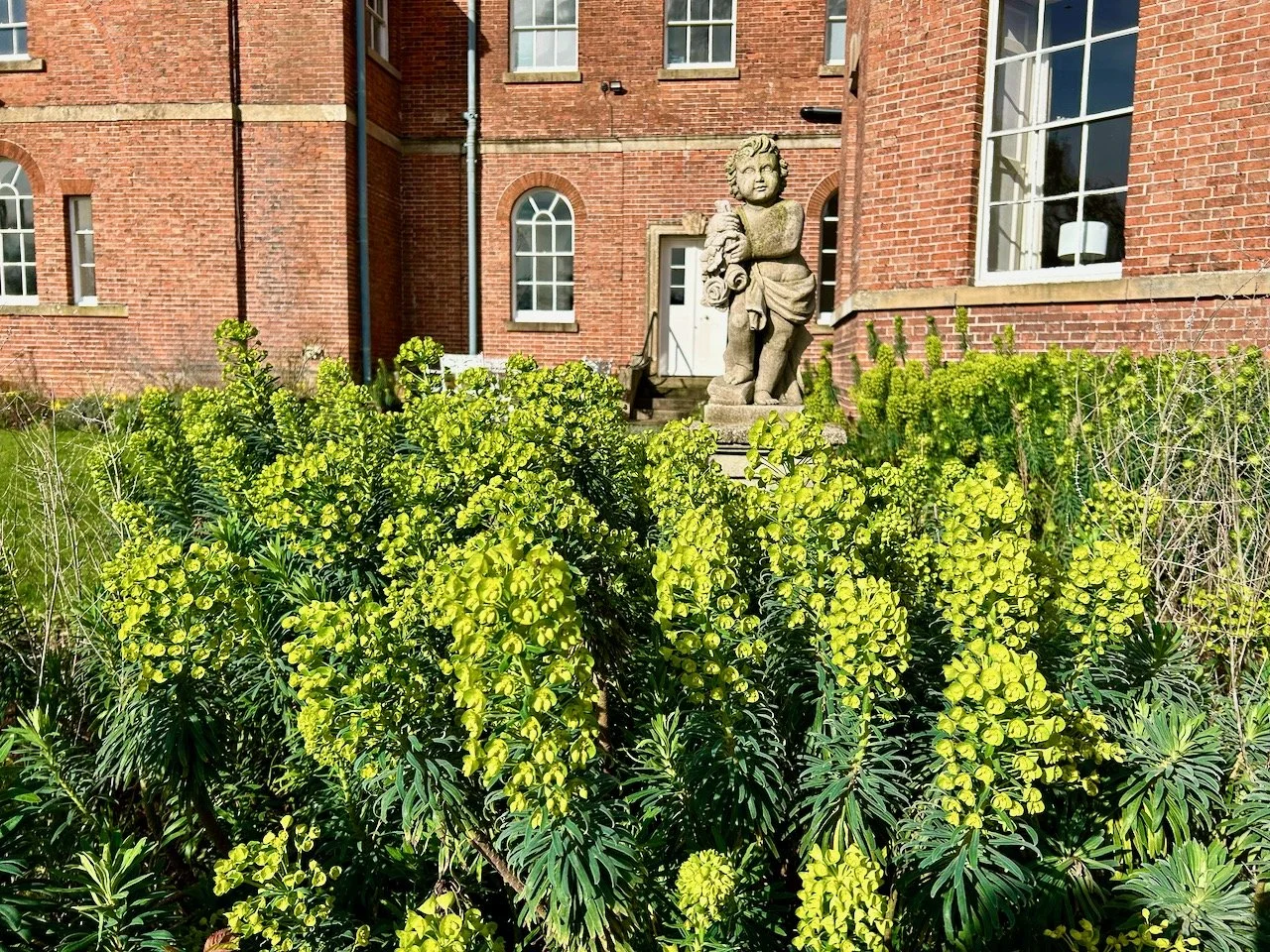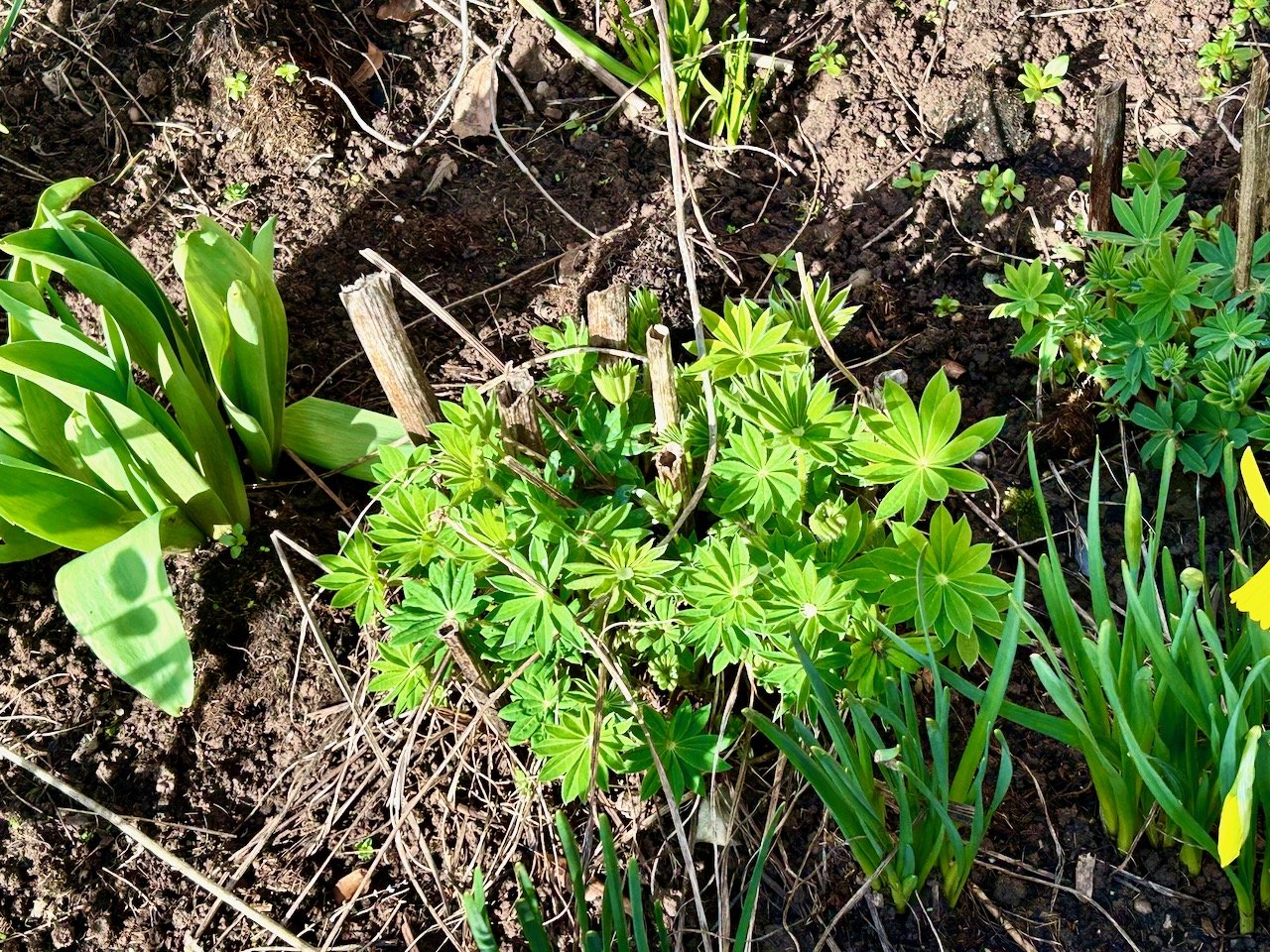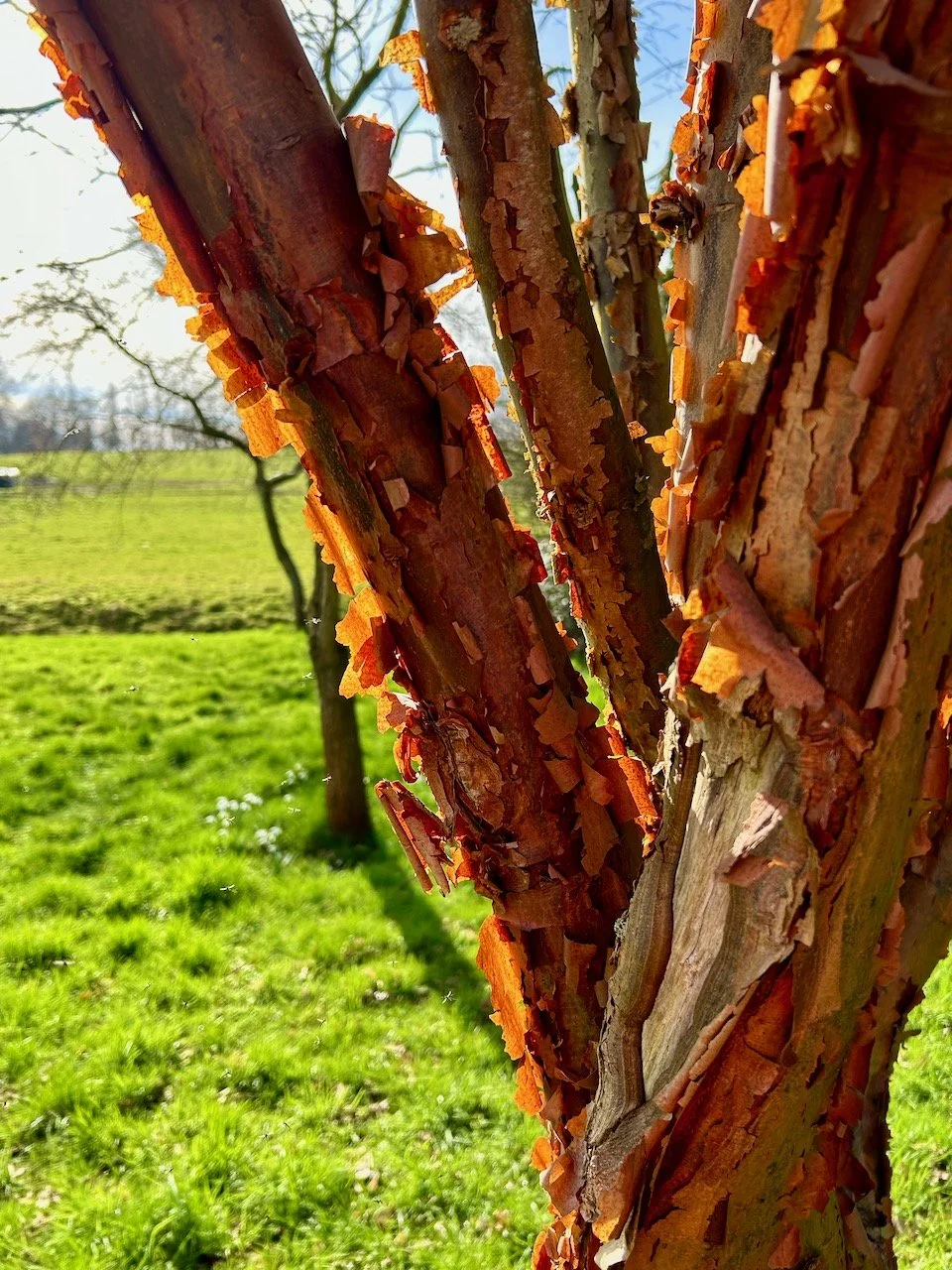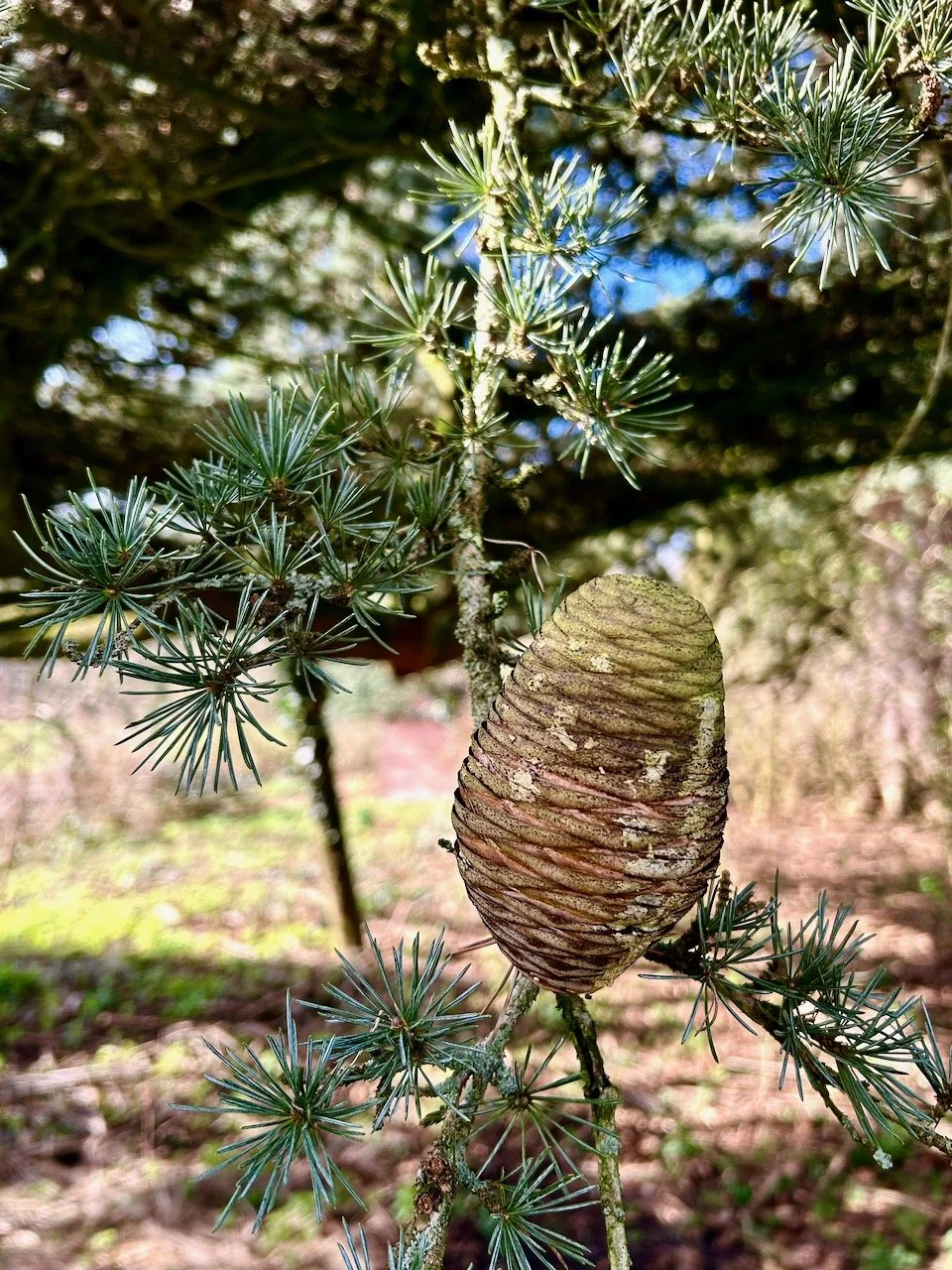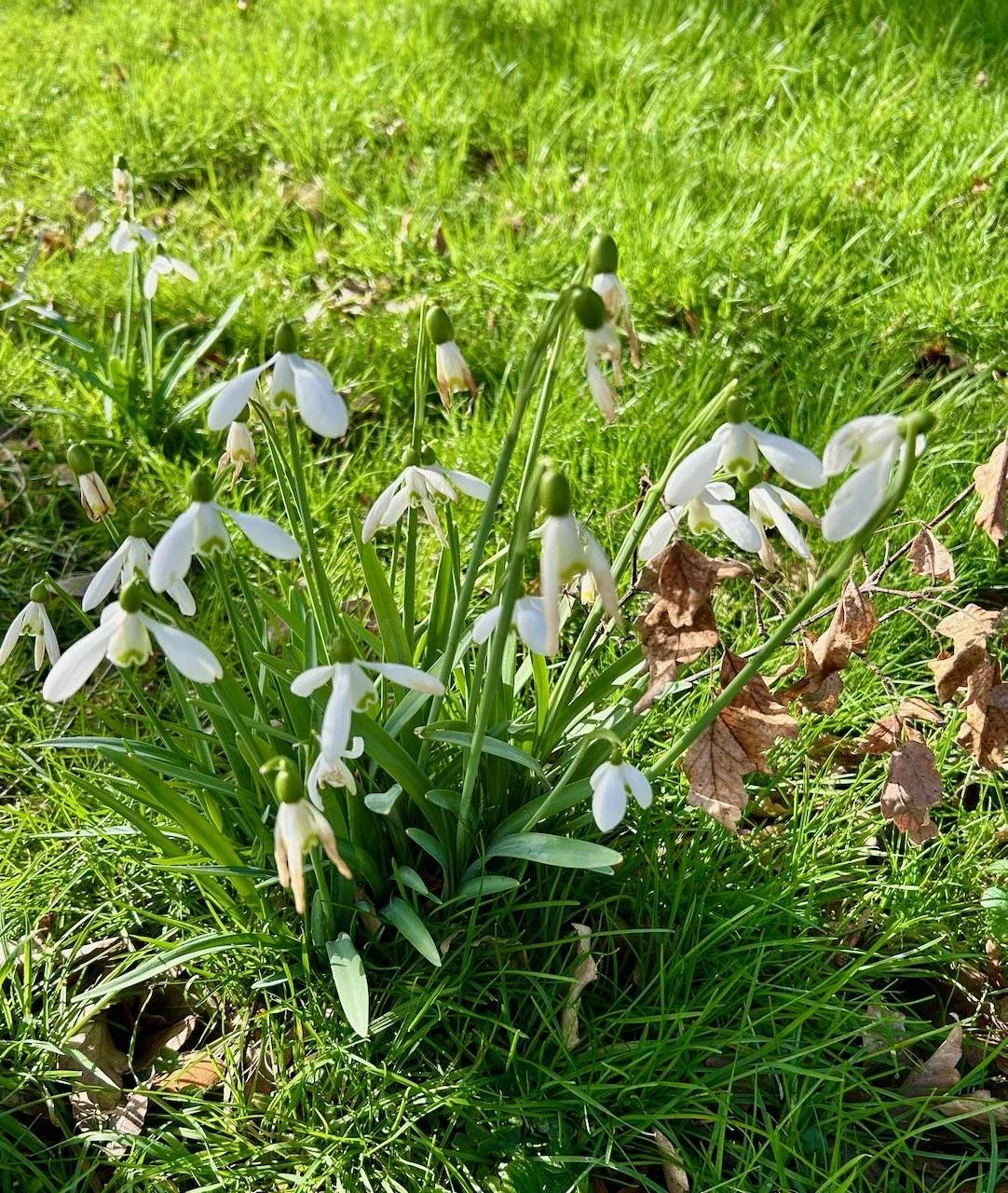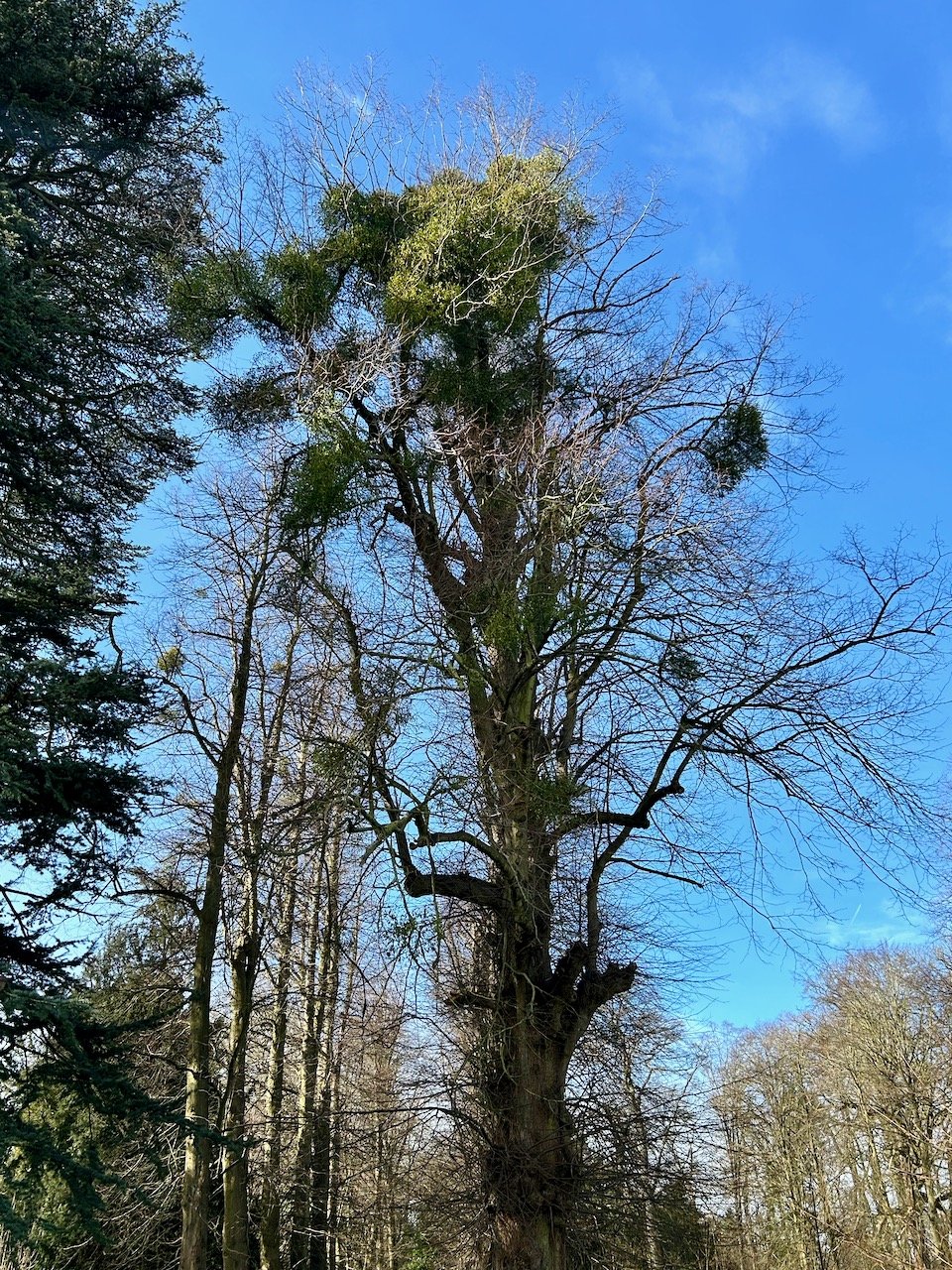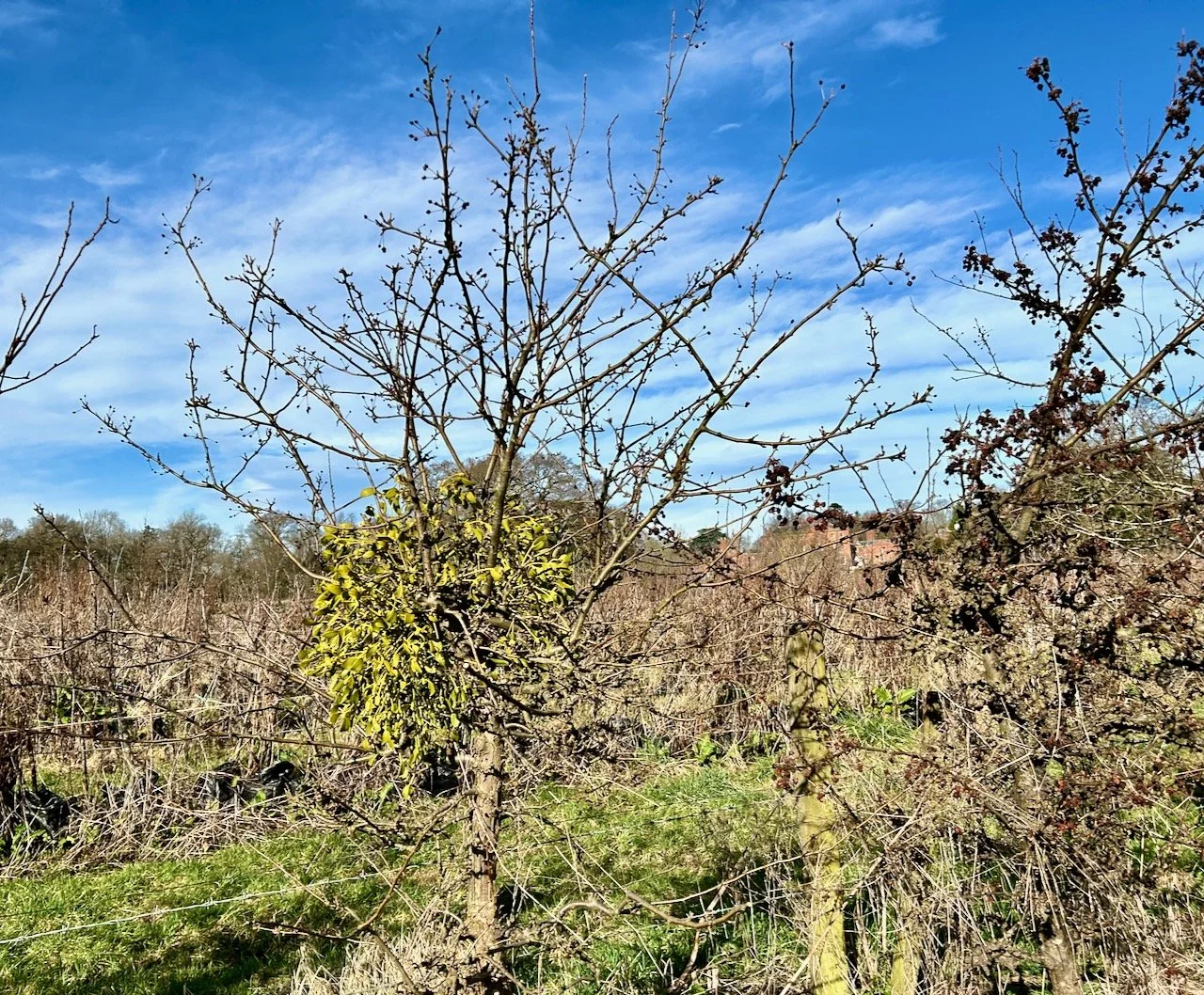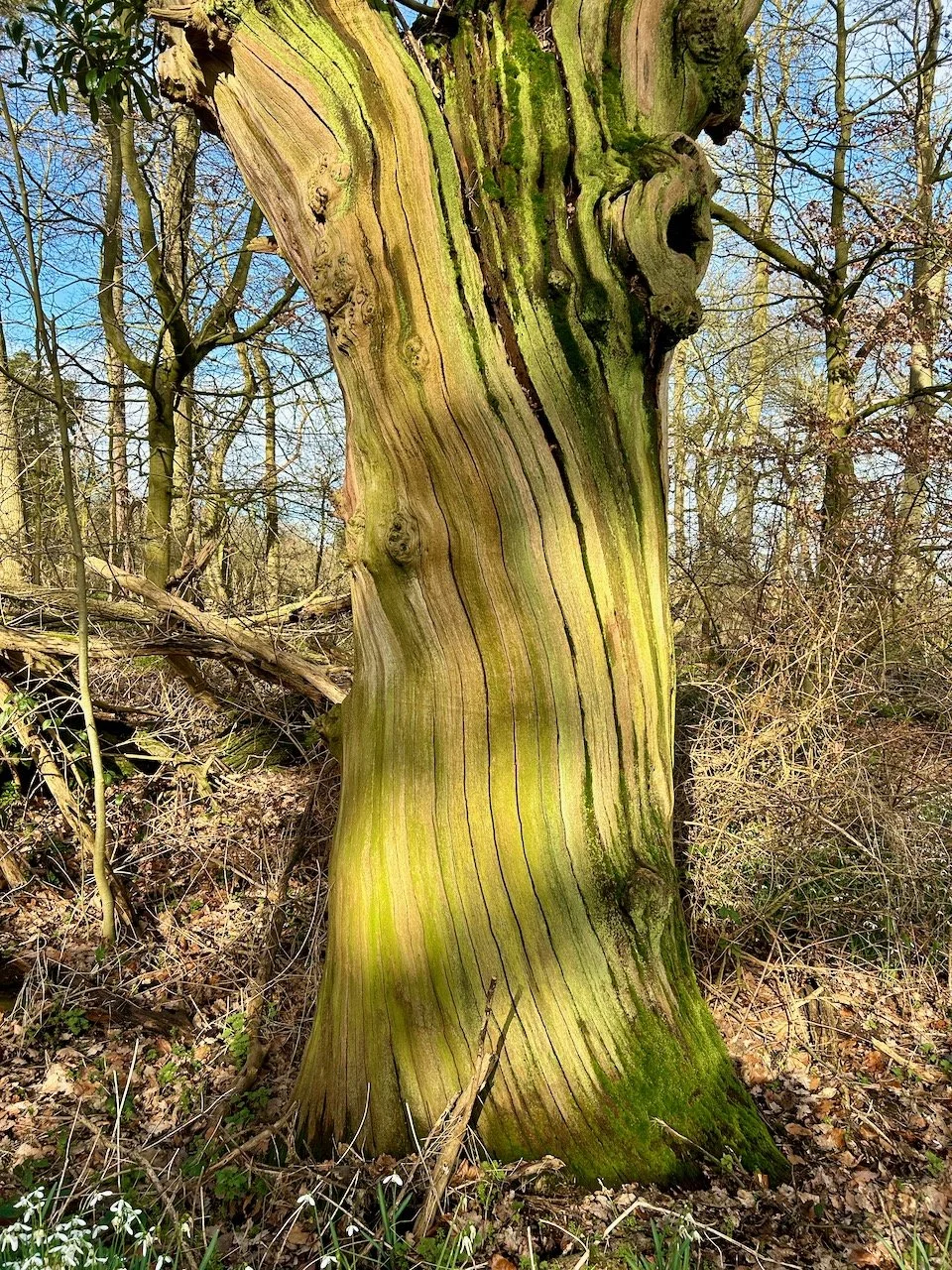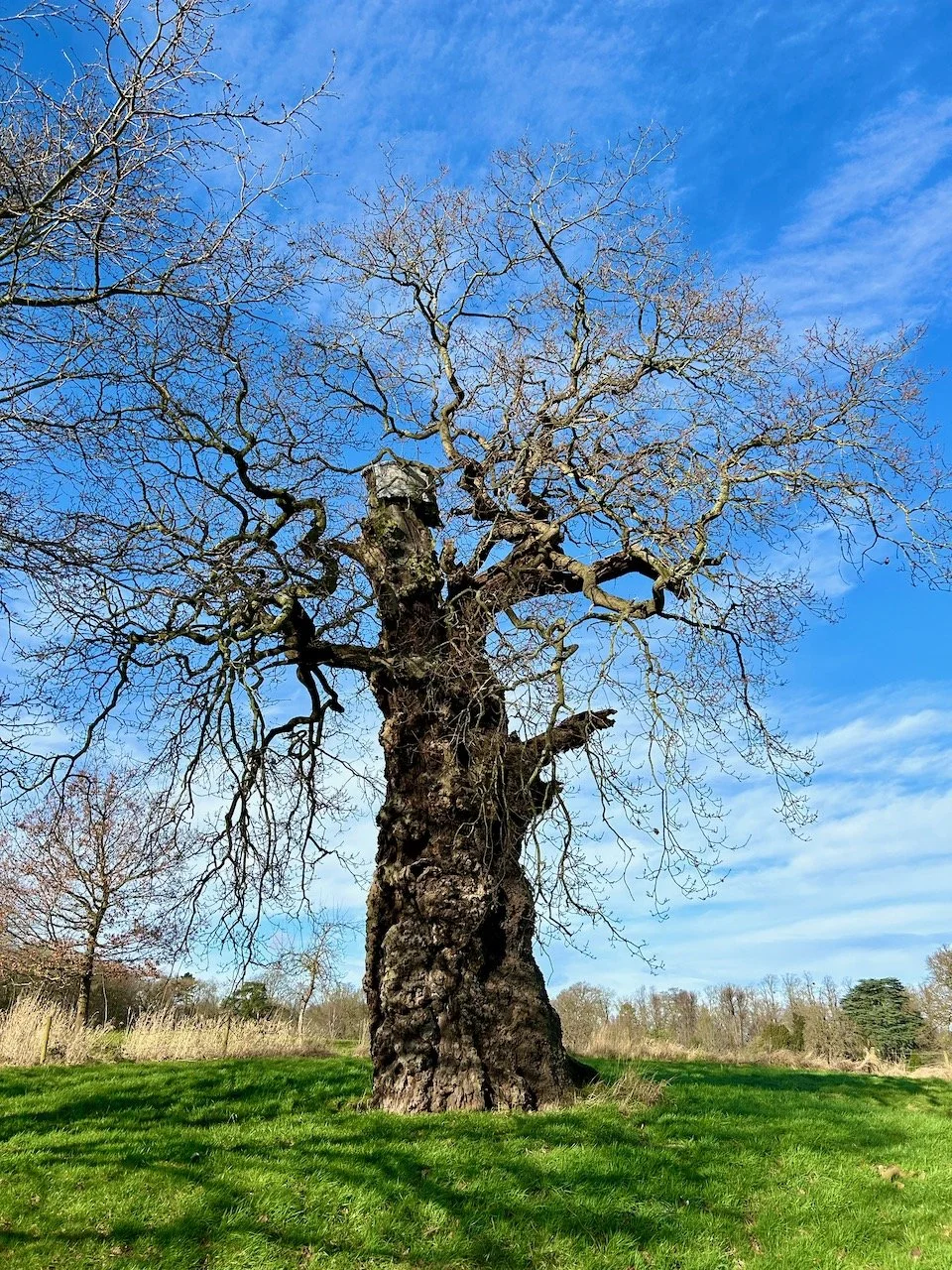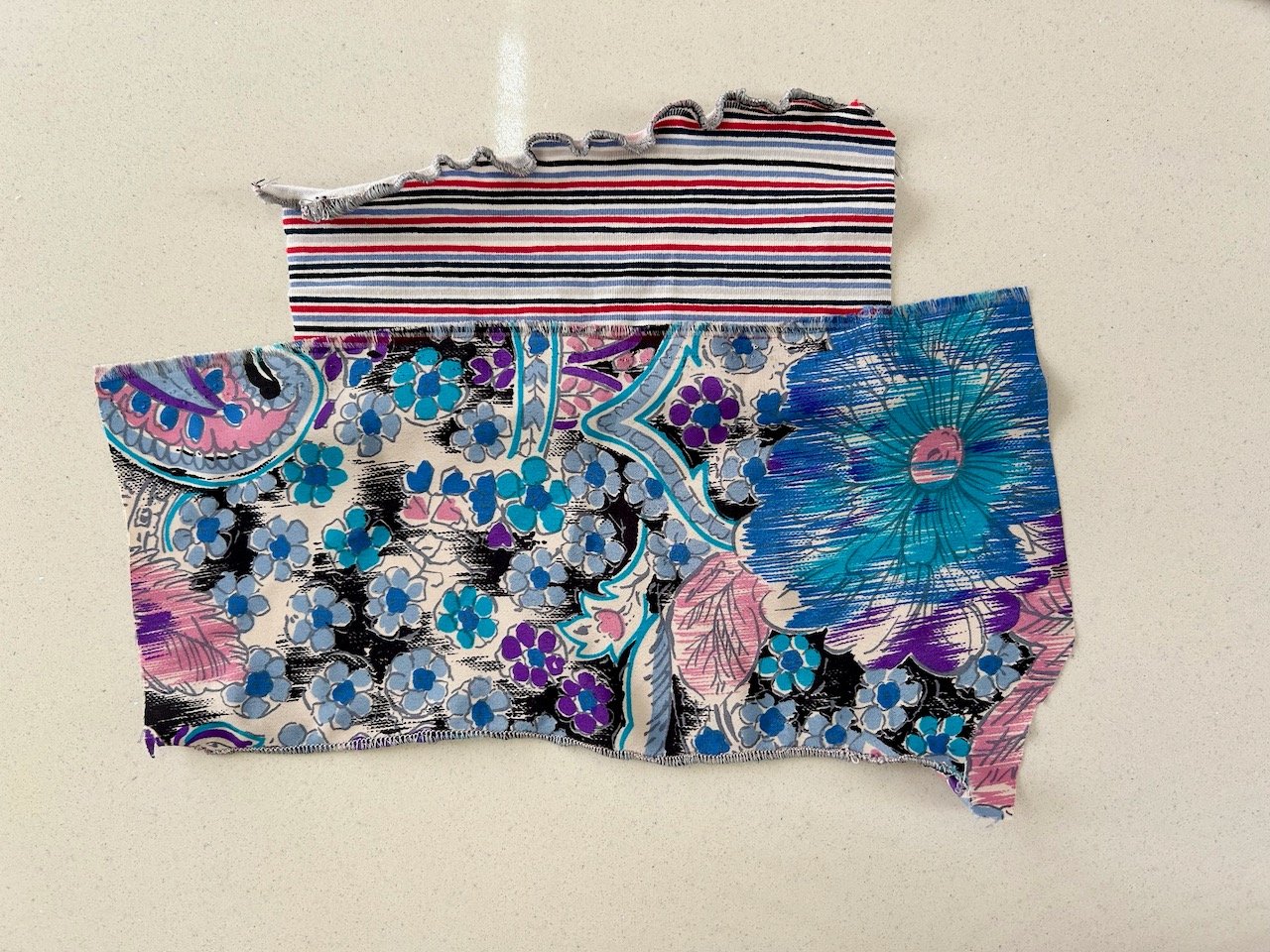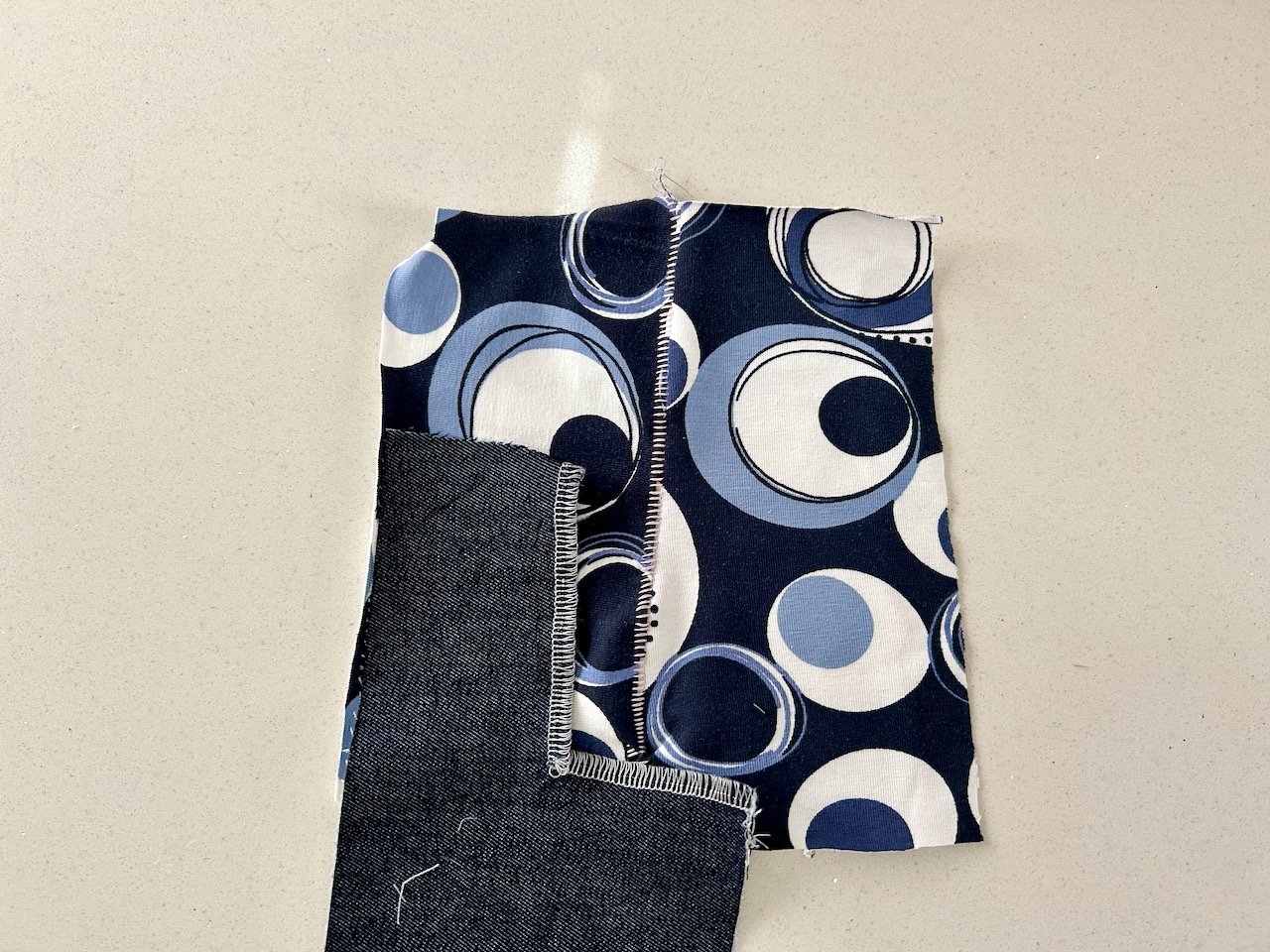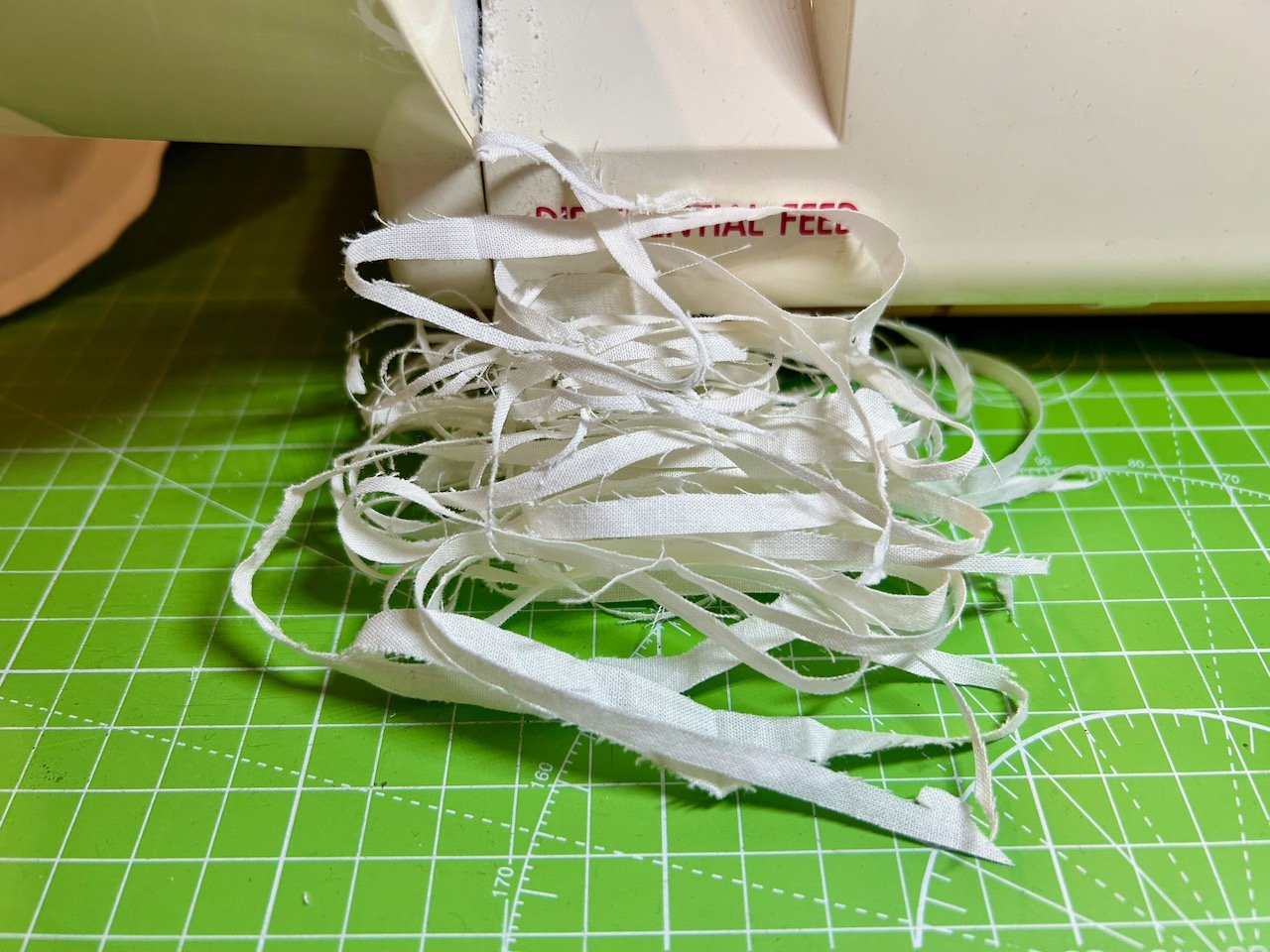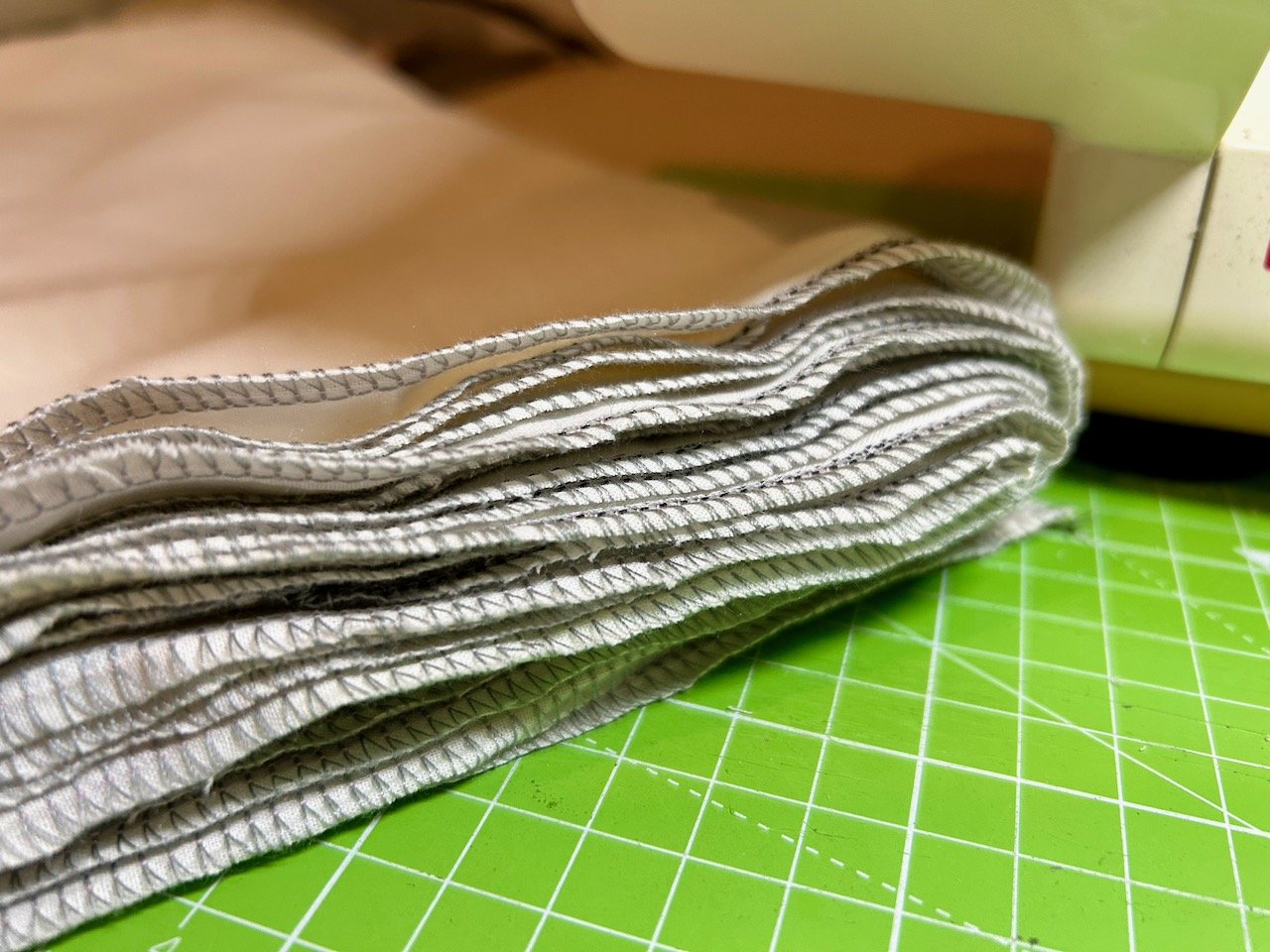Hello there, and welcome back to this week’s #PoCoLo - a friendly linky which I co-host with Suzanne, where you can link any blog post published in the last week. We know you’ll find some great posts to read, and maybe some new-to-you blogs too, so do pop over and visit some of the posts linked, comment and share some of that love.
Please don’t link up posts which are older as they will be removed from the linky, and if older posts are linked then please don’t feel that it’s necessary to comment on those. If you were here last week it was great to have you along, if you’re new here this week we’re pleased you’ve joined us.
Happy 1 March!
It always amazes me how quickly February goes, even with its extra day this year. March brings with it, hopefully, spring proper - and more time out in the garden, as I said hopefully. I don’t know about you but I could definitely do with an upturn in the weather.
It’s been a relatively quiet week here as I’ve been full of cold and have been trying my utmost to get through it without passing it on to MOH, again hopefully between us we’ve managed that - but it’s meant I haven’t done a huge amount, mostly as having a head feeling like it’s filled with cotton wool hasn’t helped with anything much.
I have been keeping an eye on my daffodils though, they are almost ready to burst into flower, but not quite. And I don’t want to miss them, so I moved them onto the patio so that we don’t have to crank our necks to see them. The ones on the left have been growing alongside our front wall, and I do wonder if that’s why they’re currently so straight or if it’s just because they’re a little behind the others which have been at right angles to them alongside the garage.

